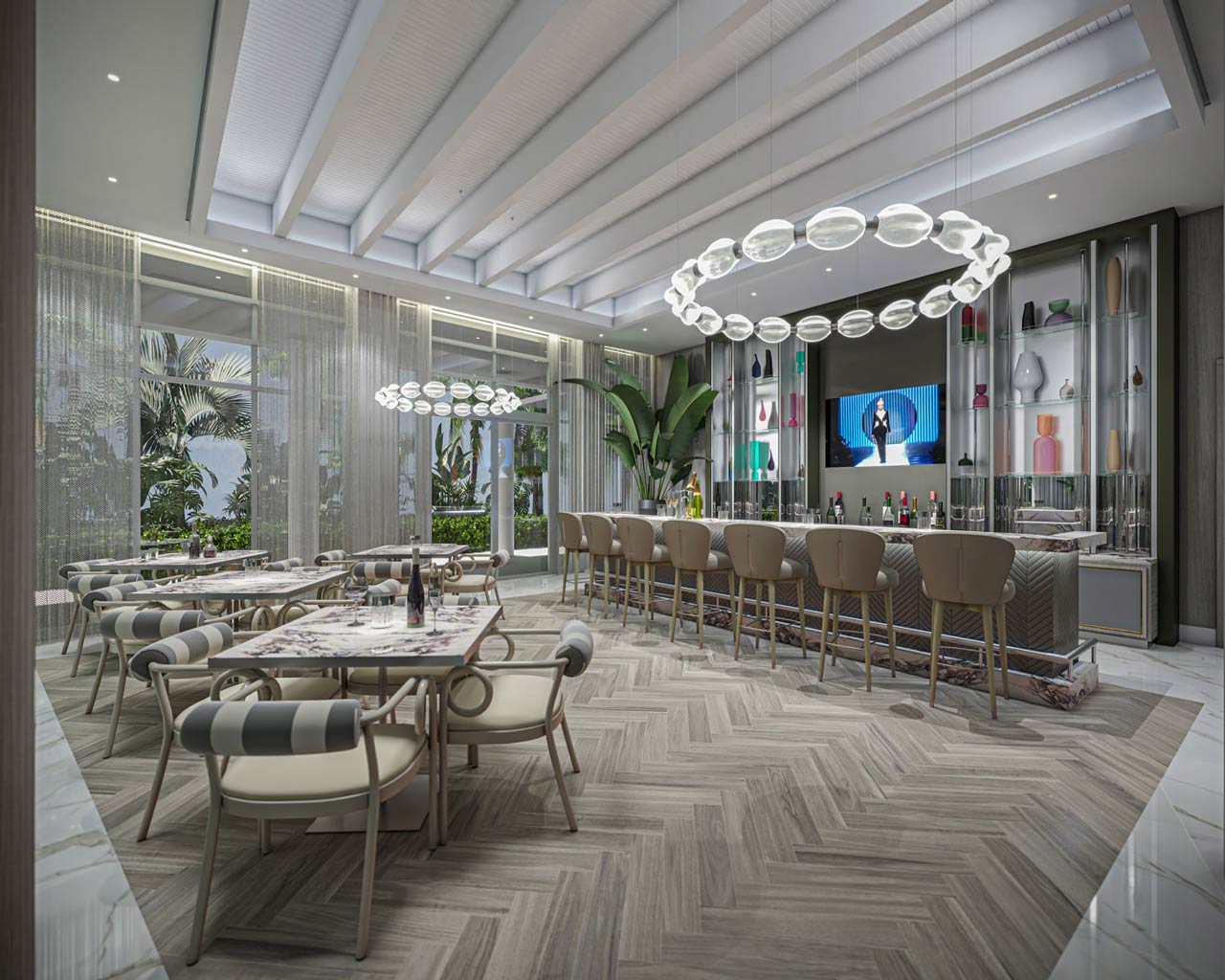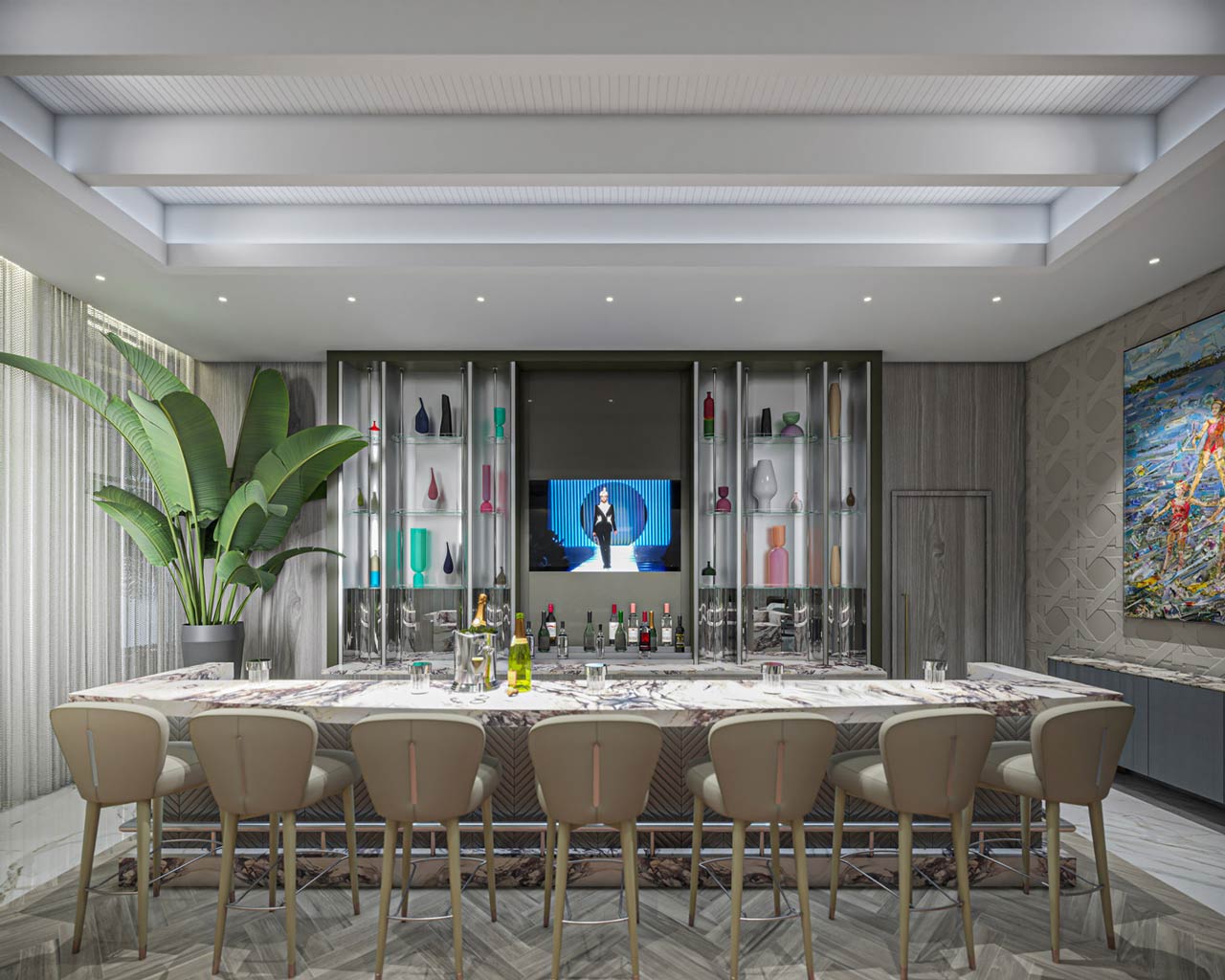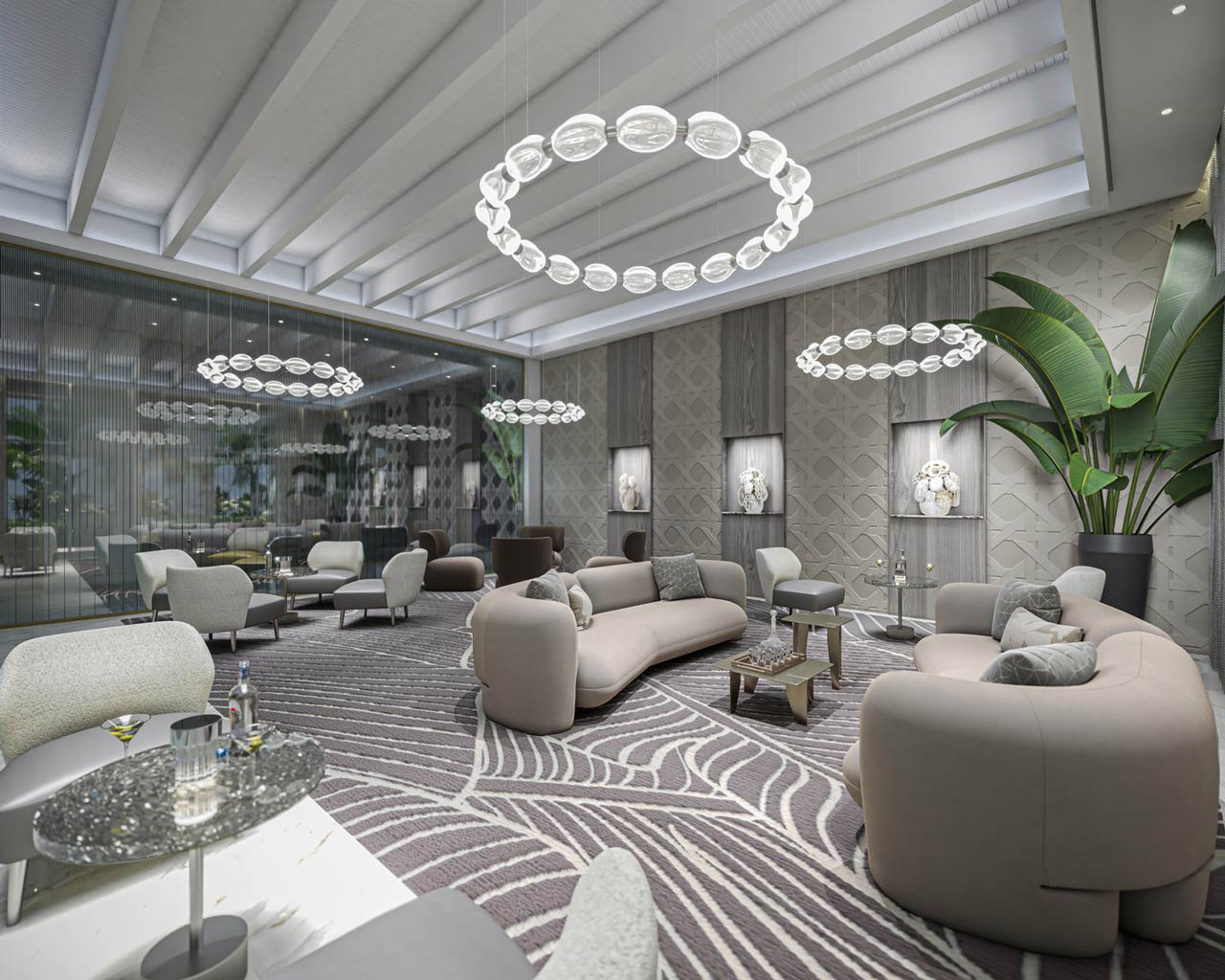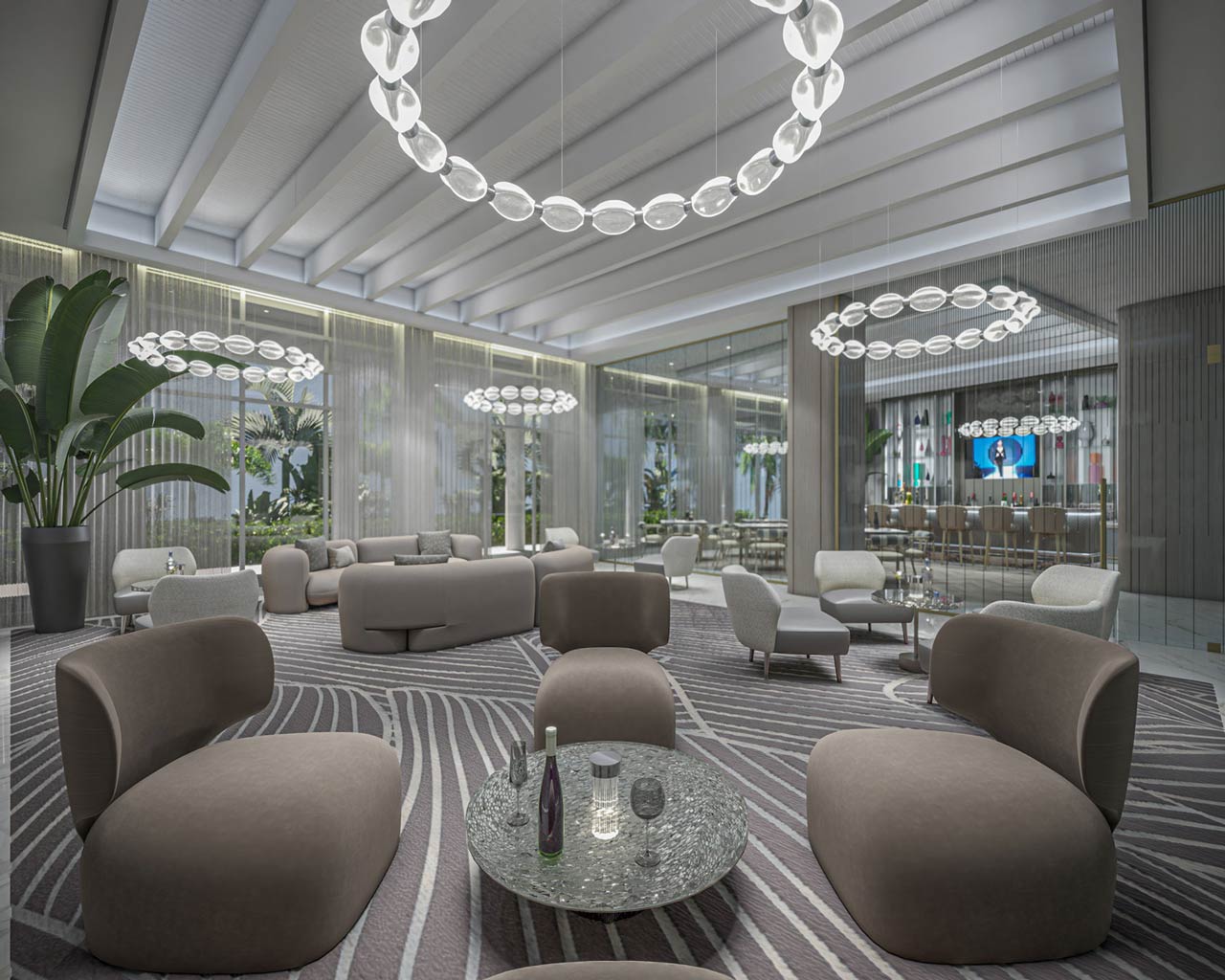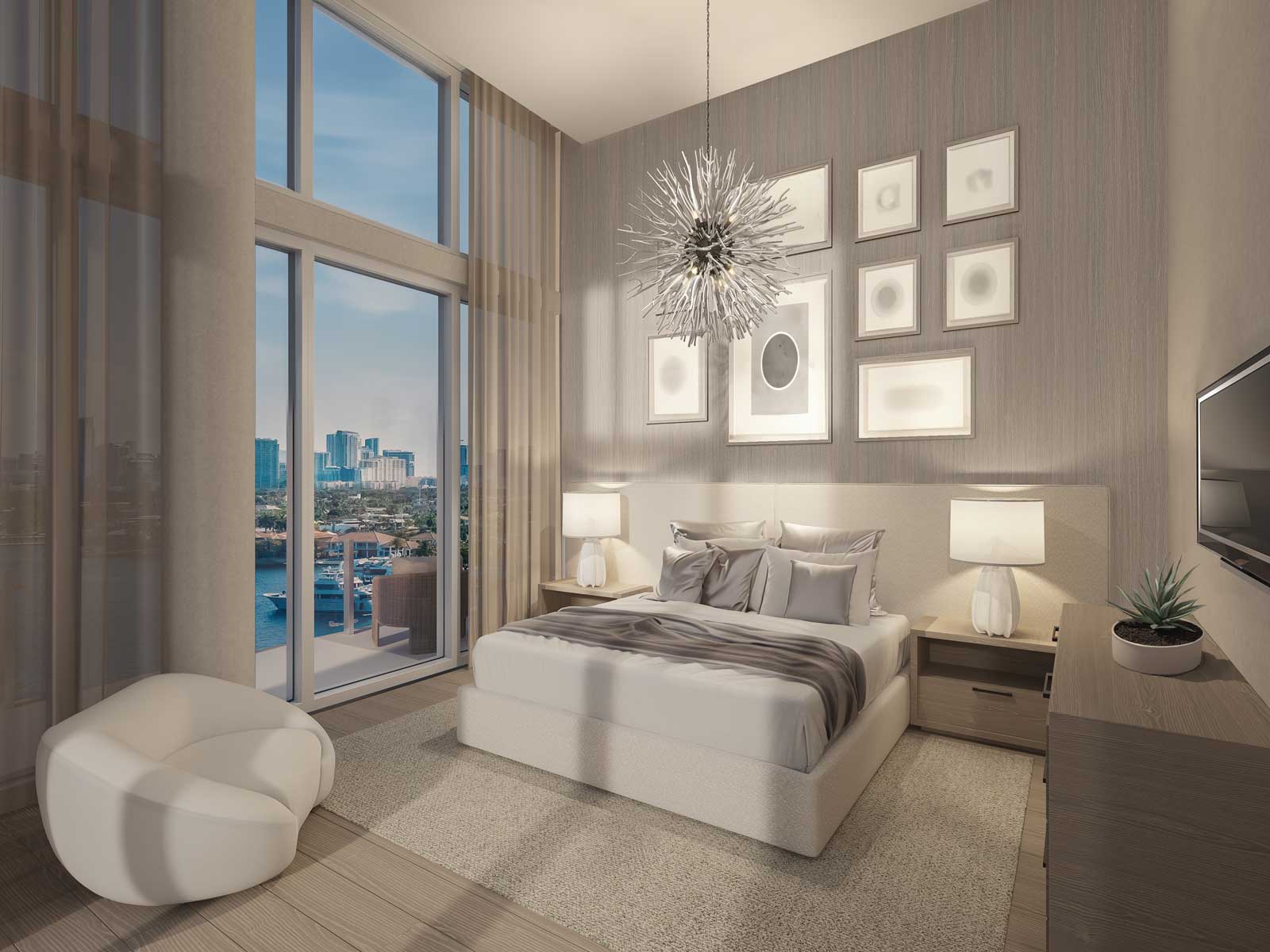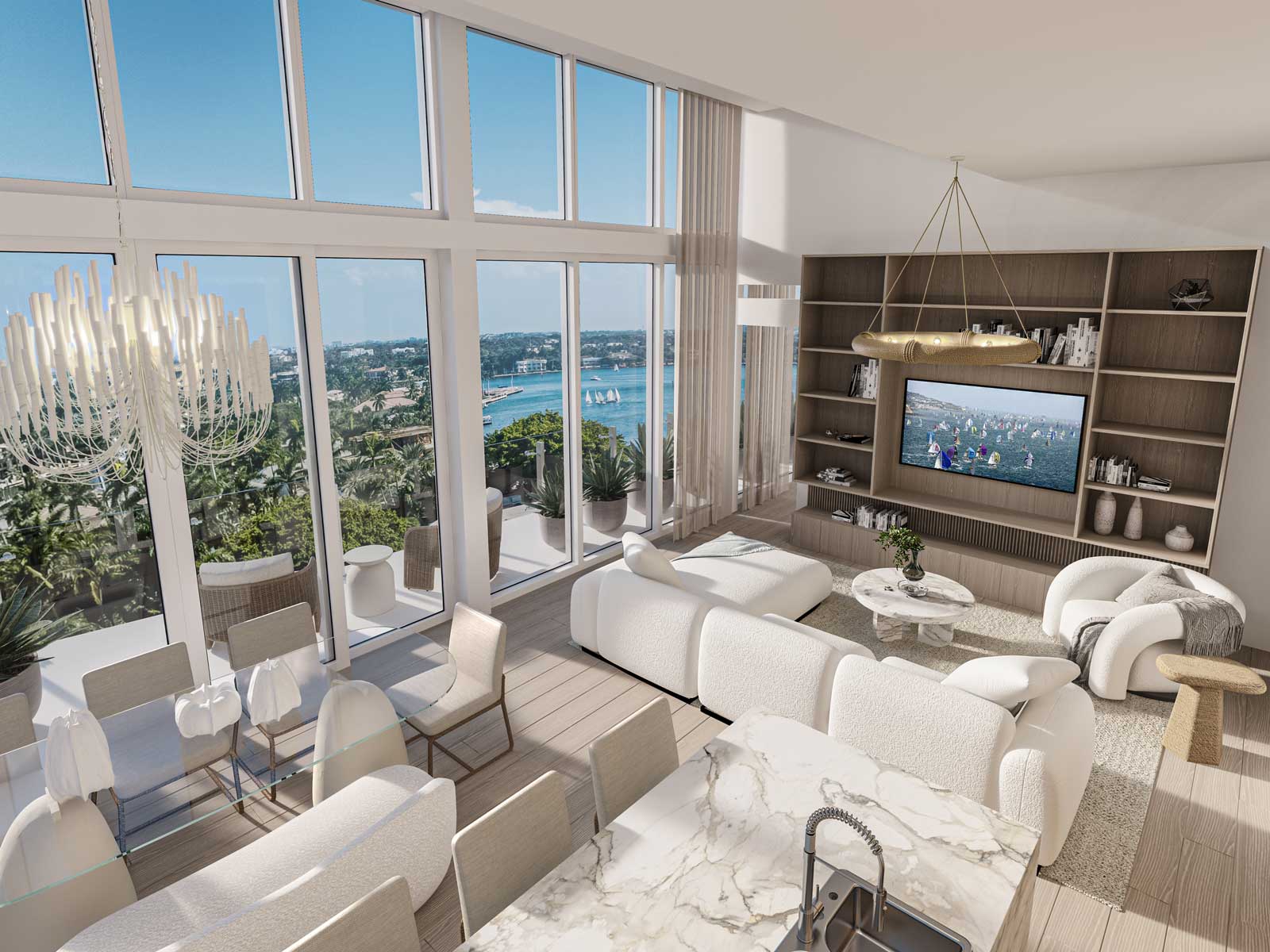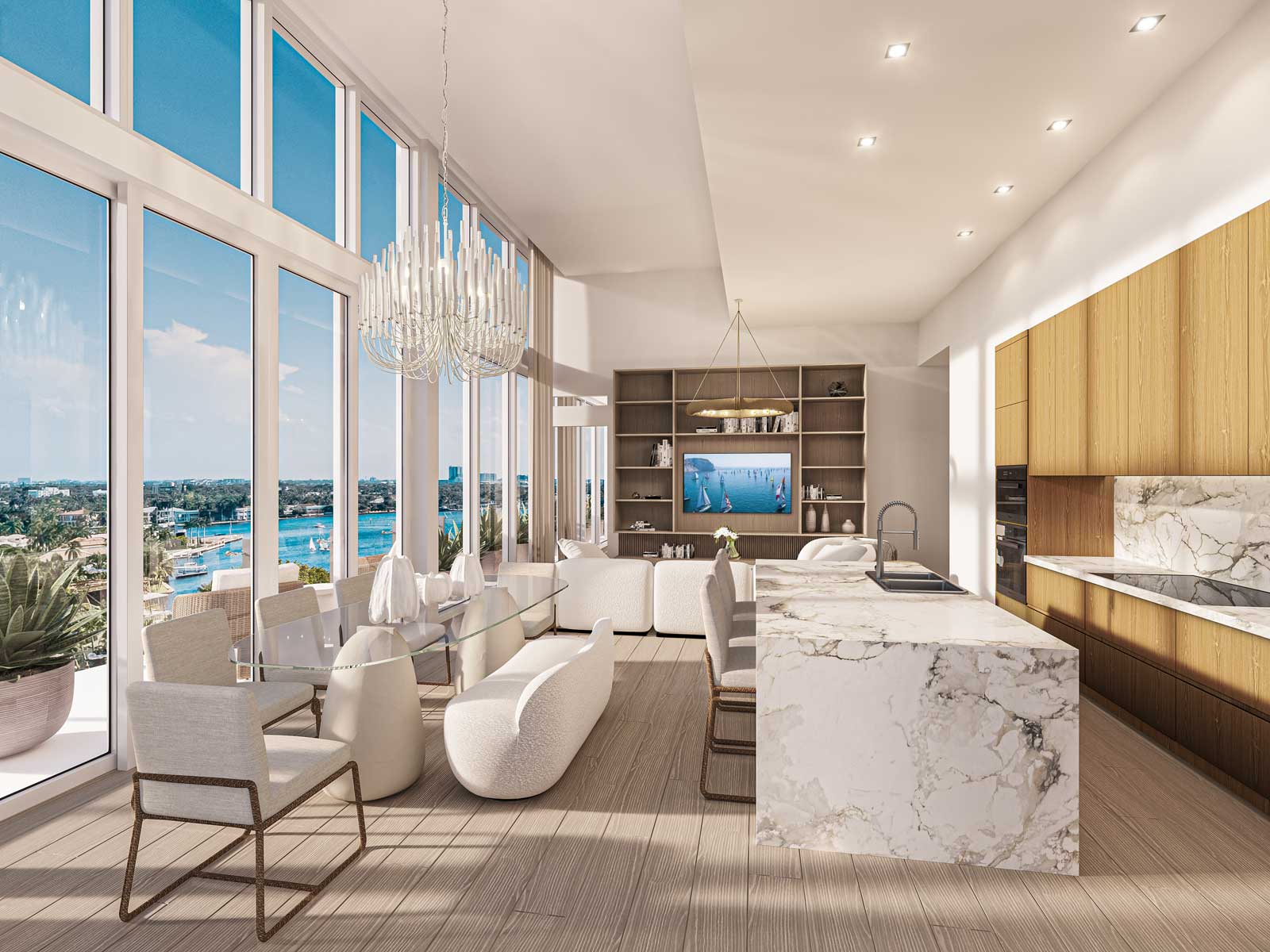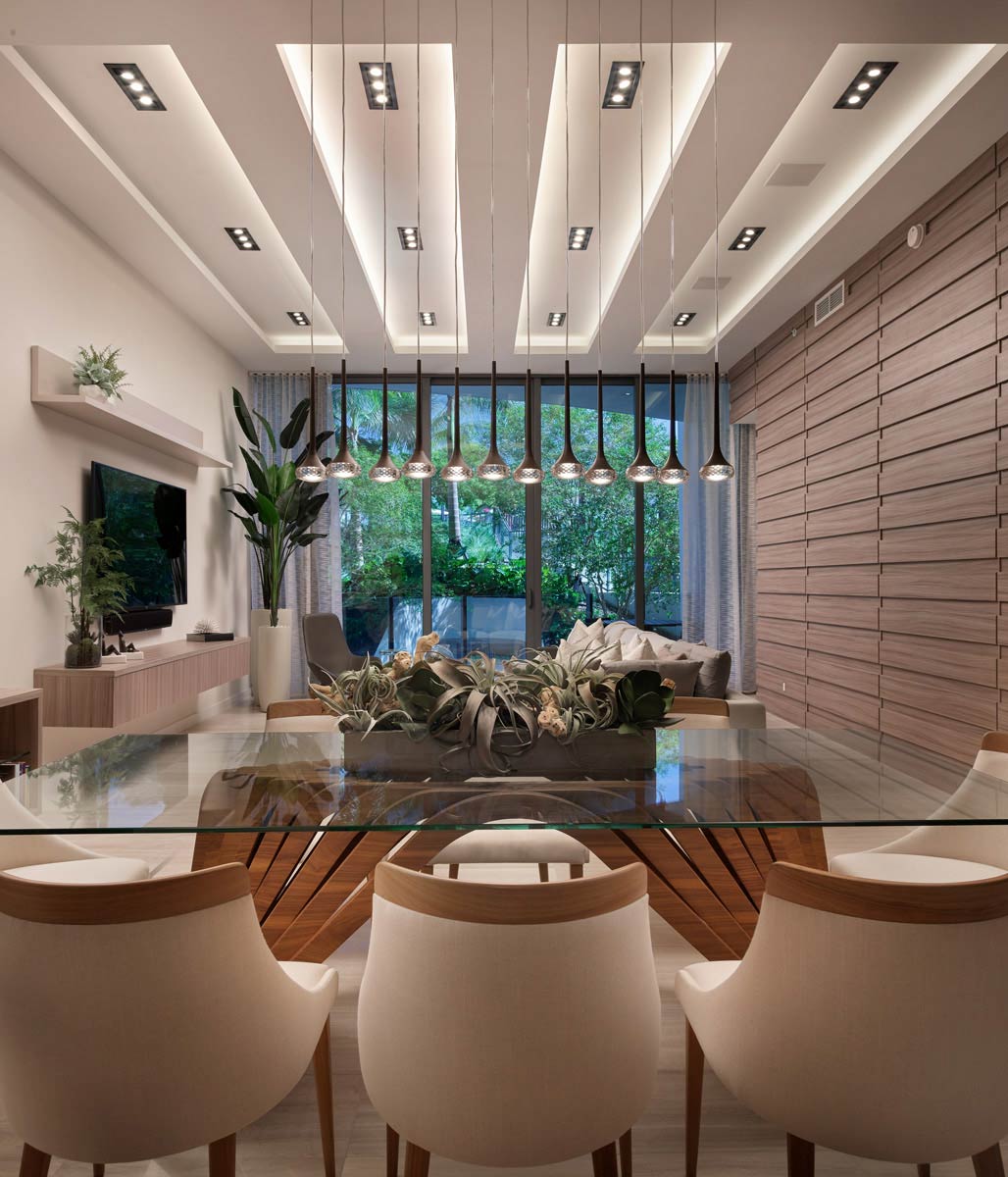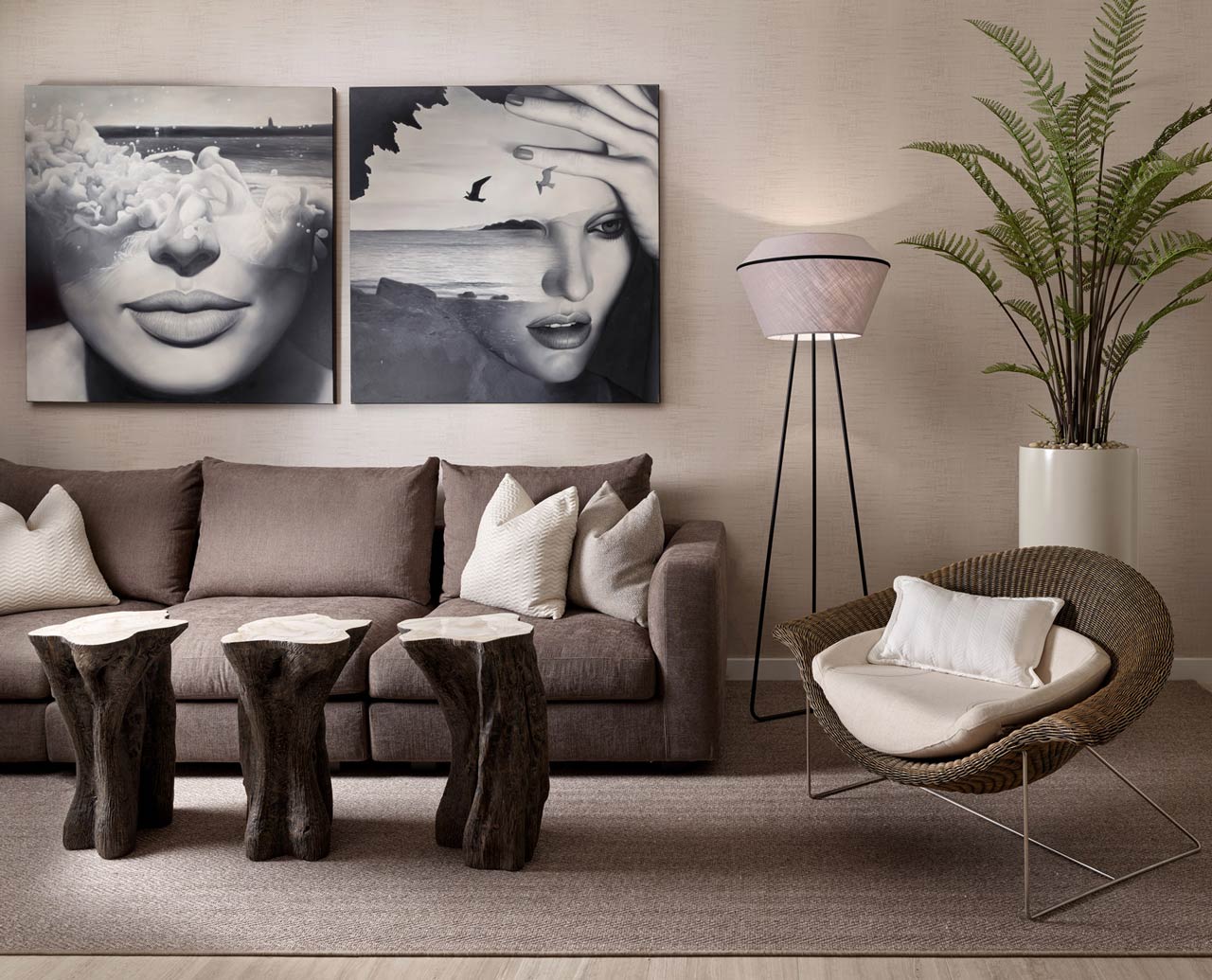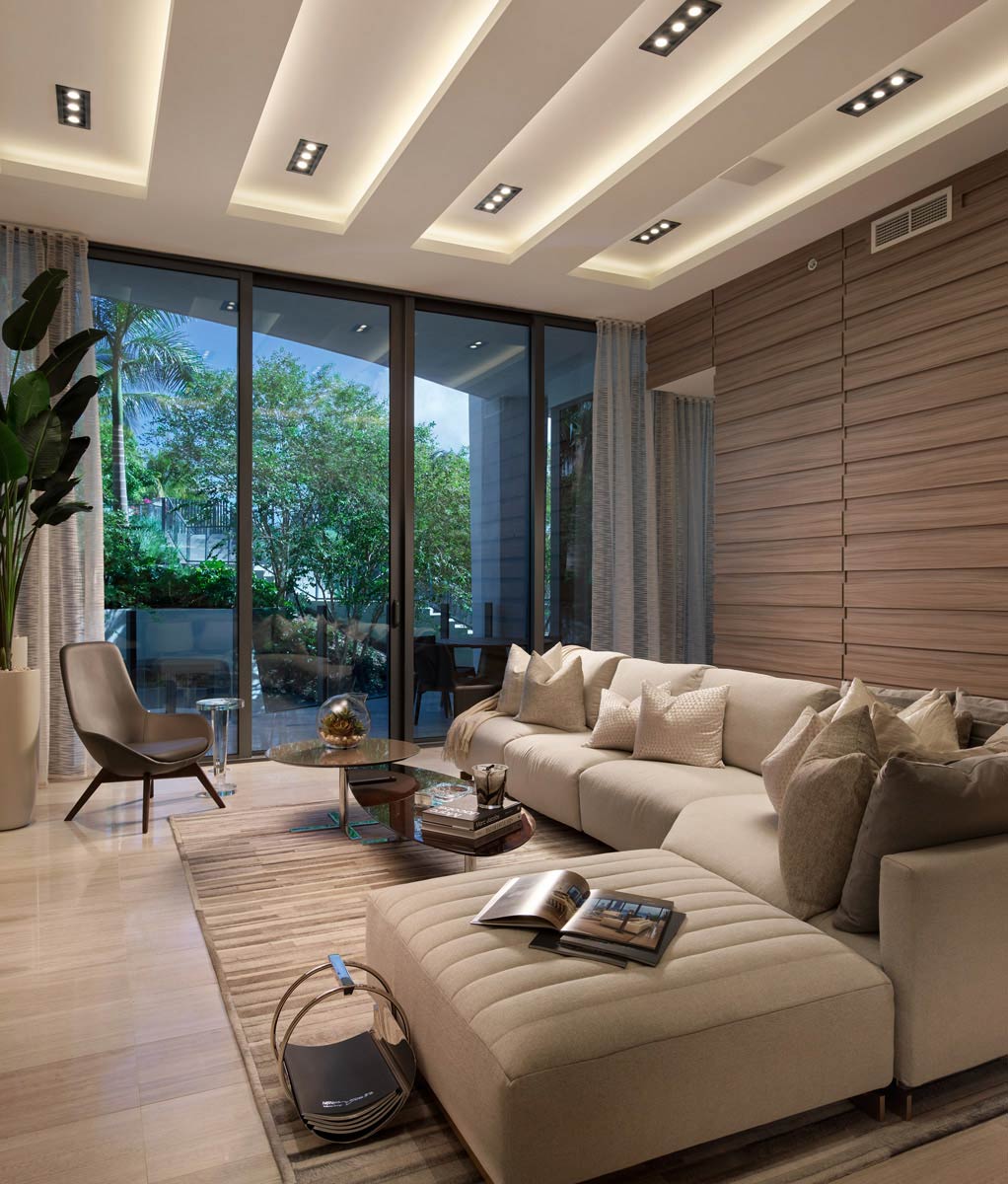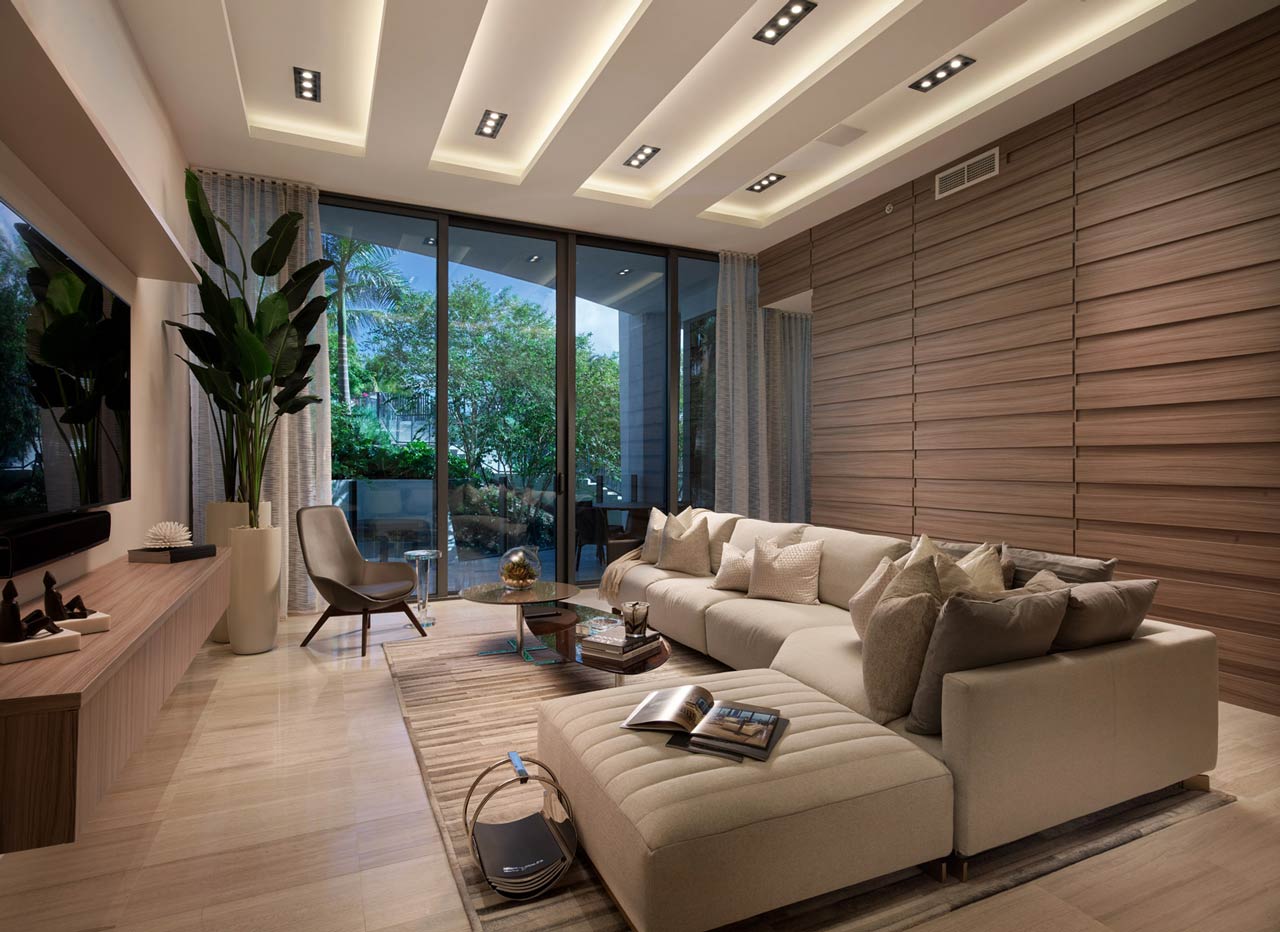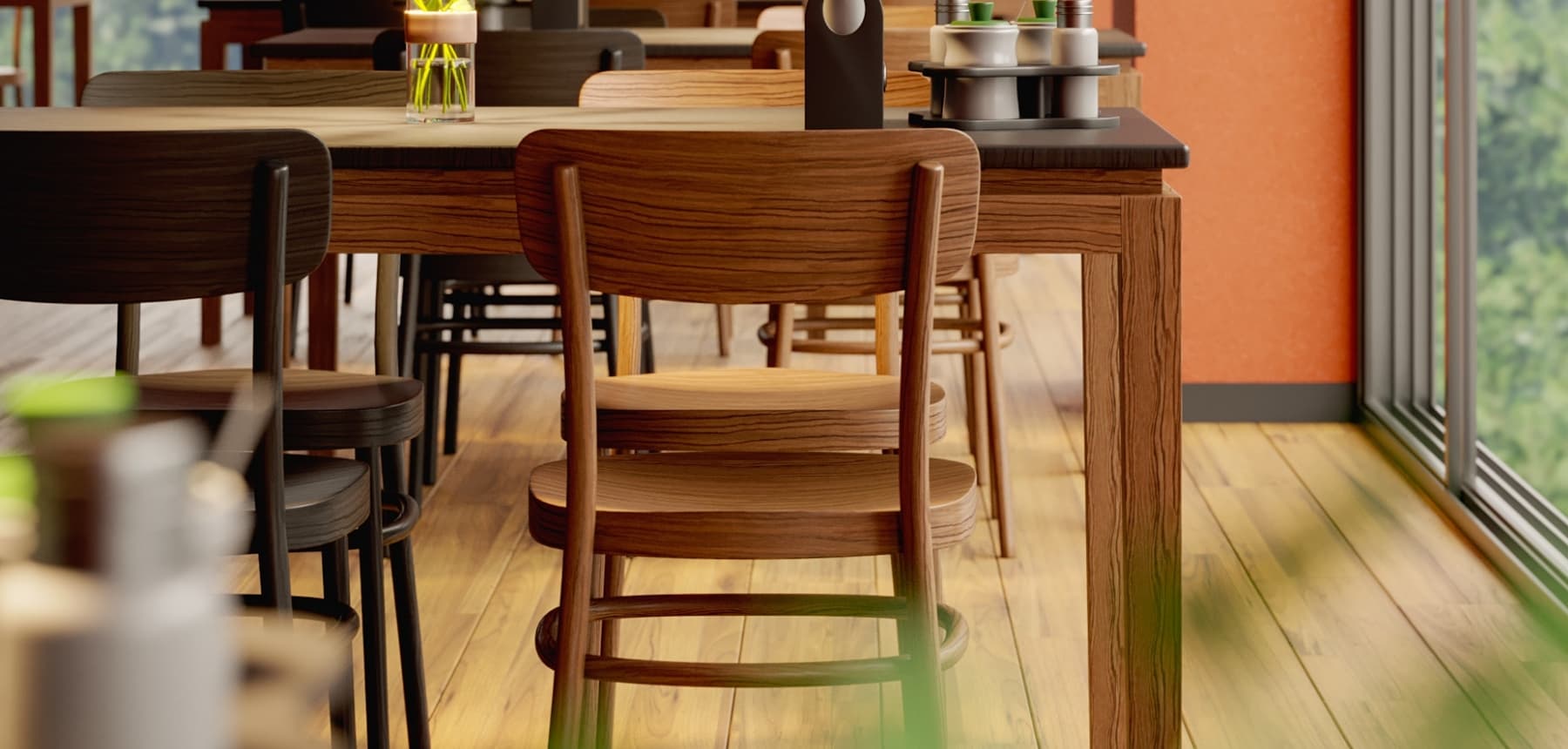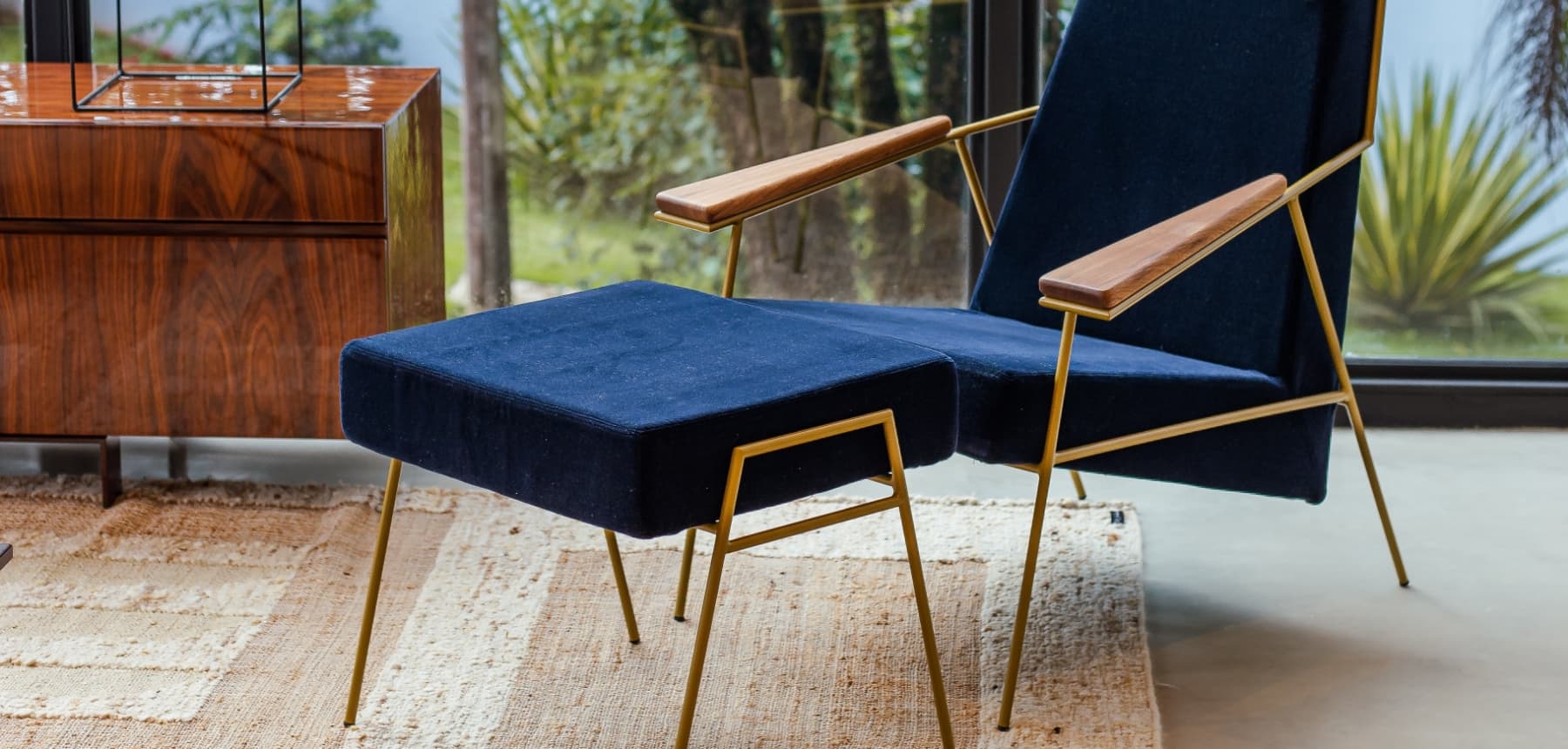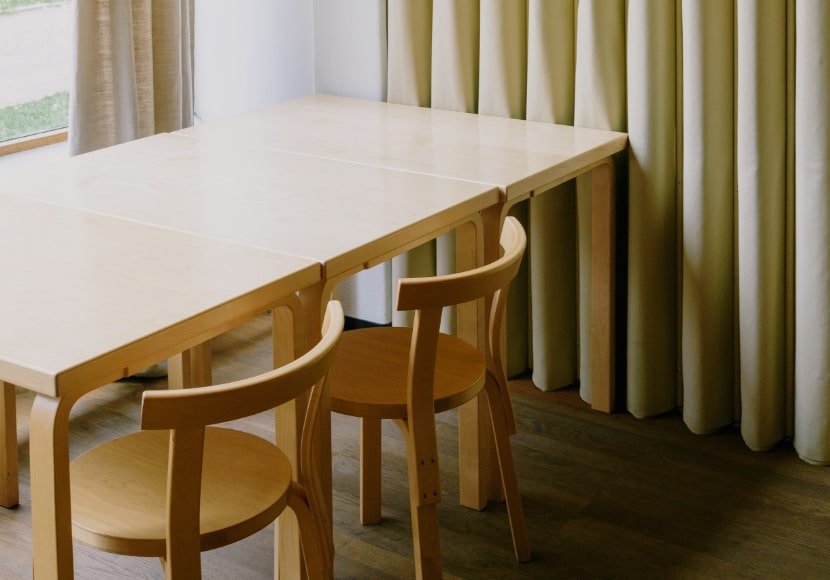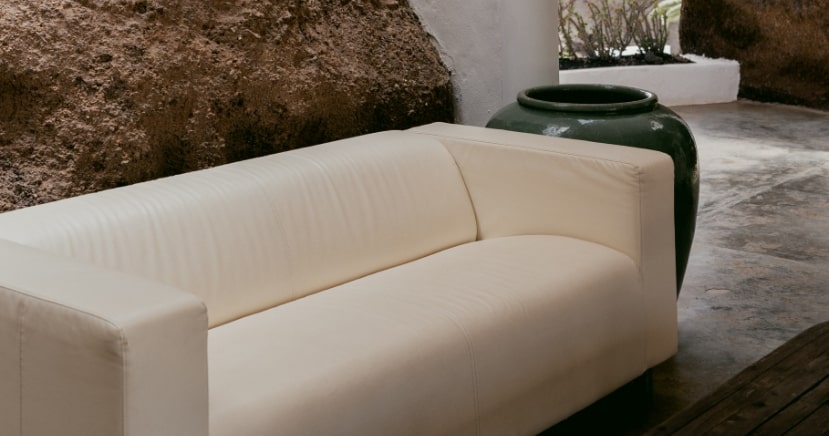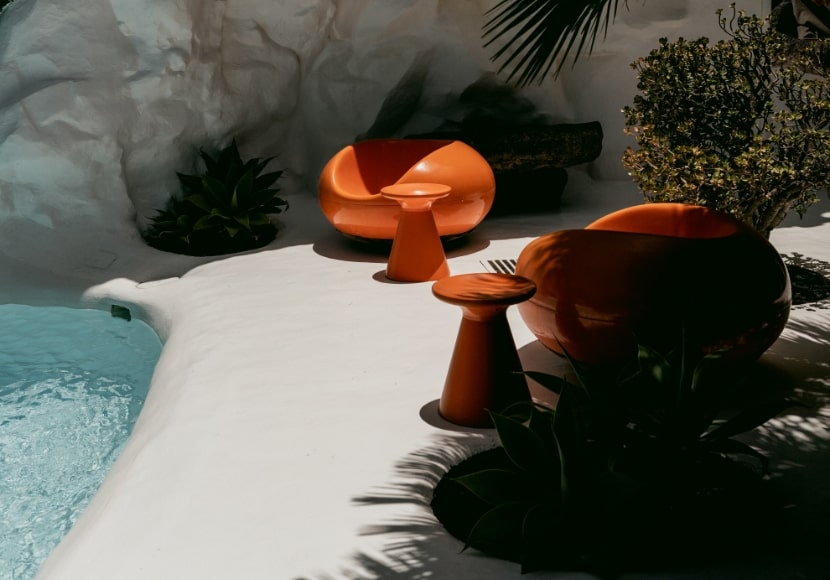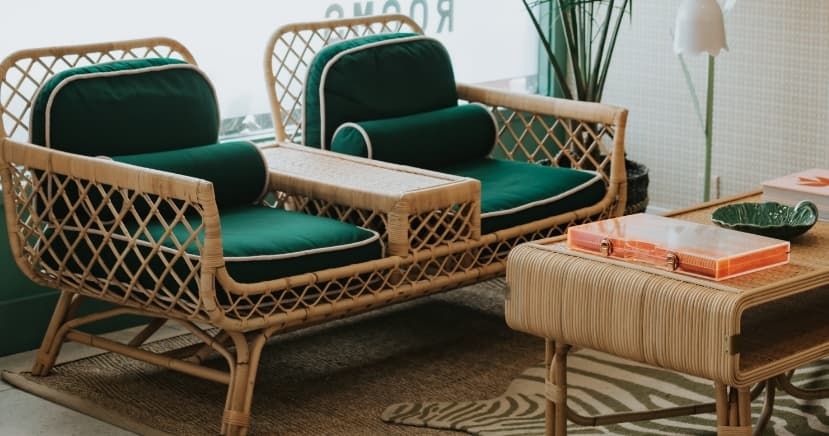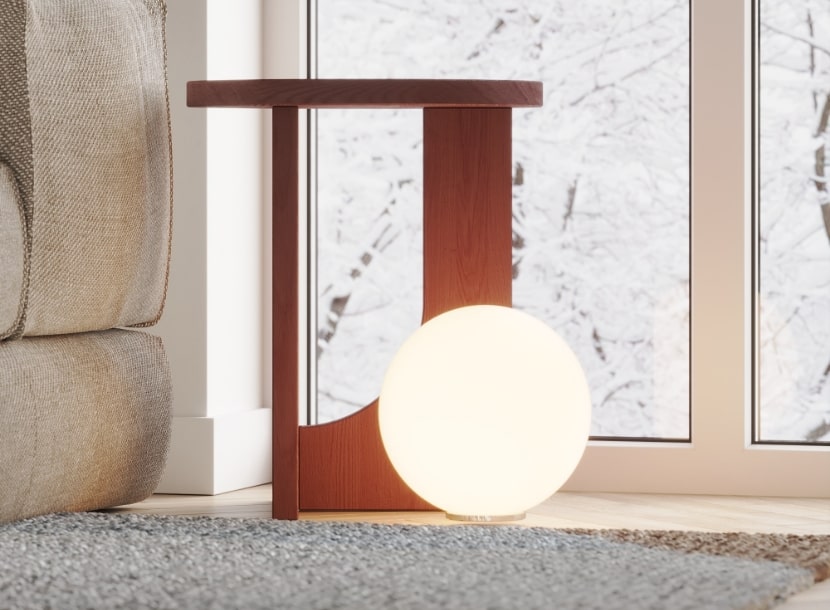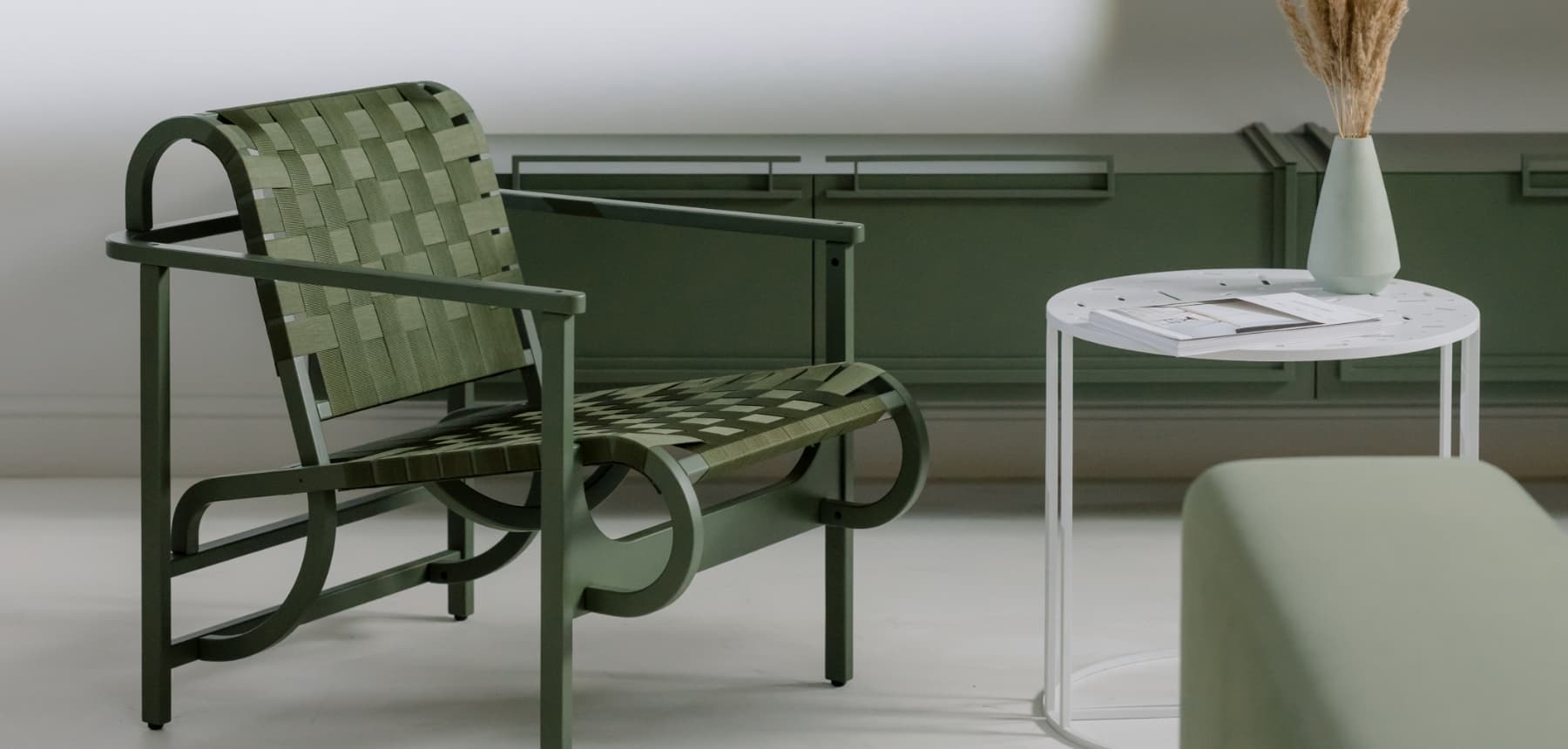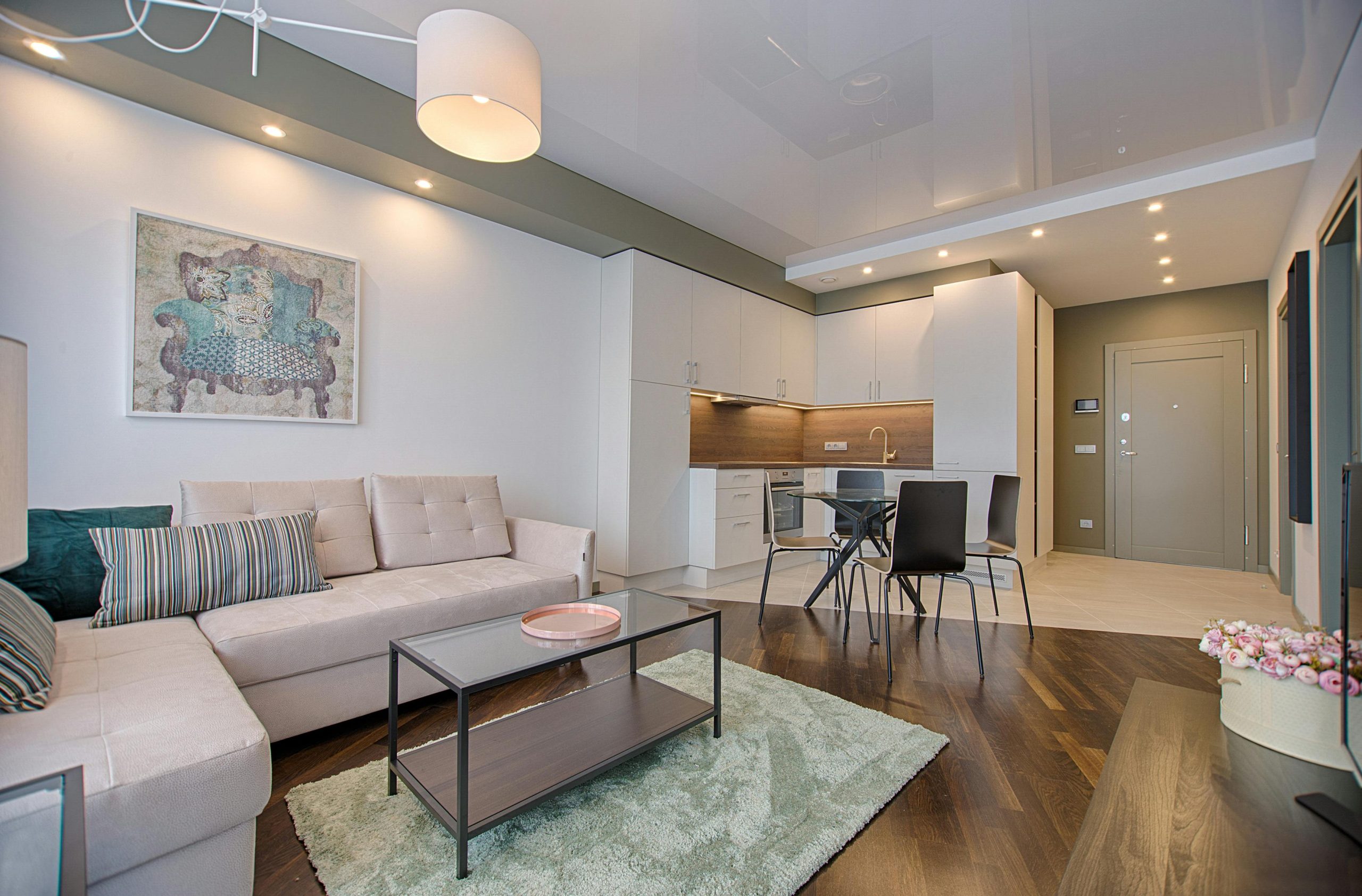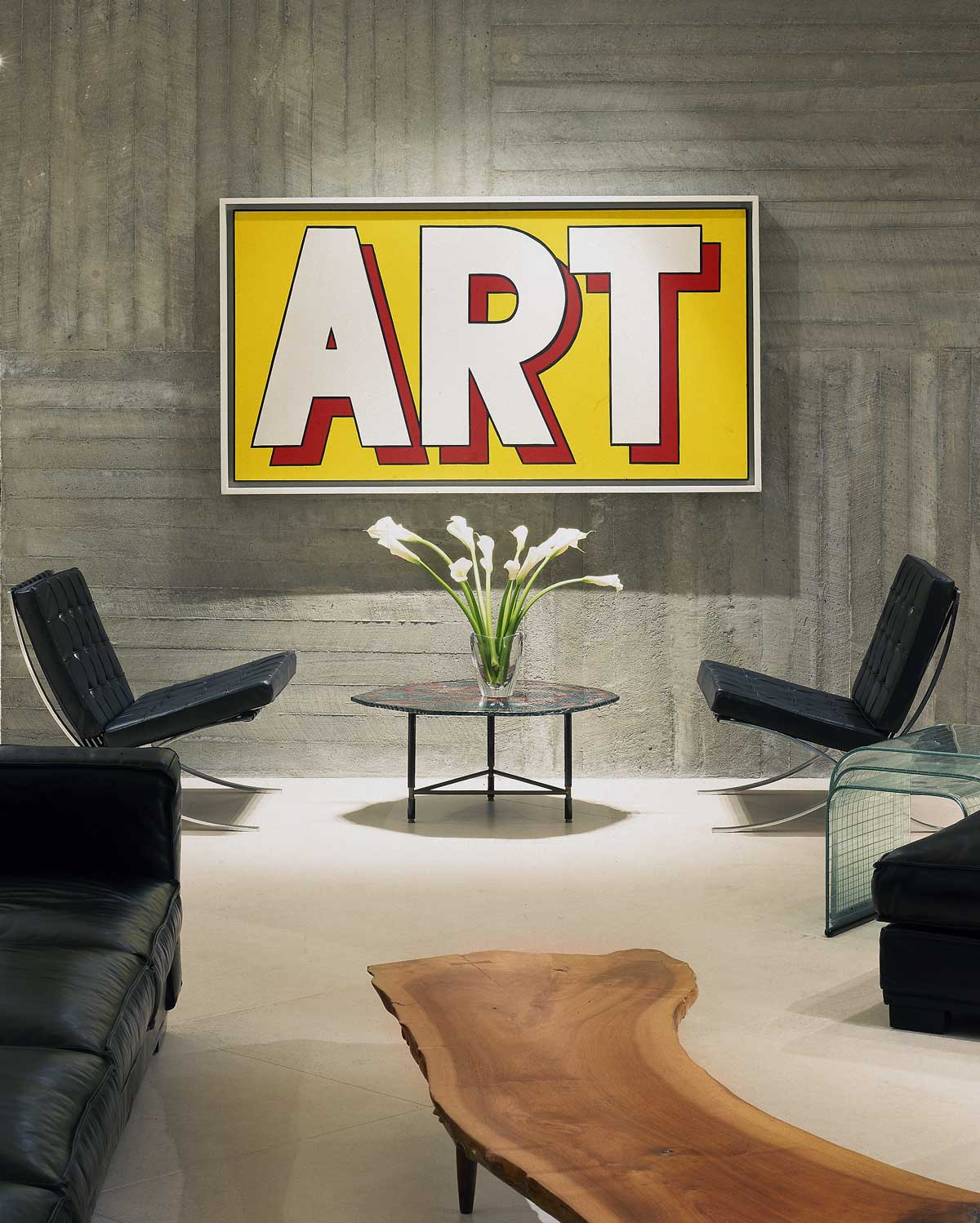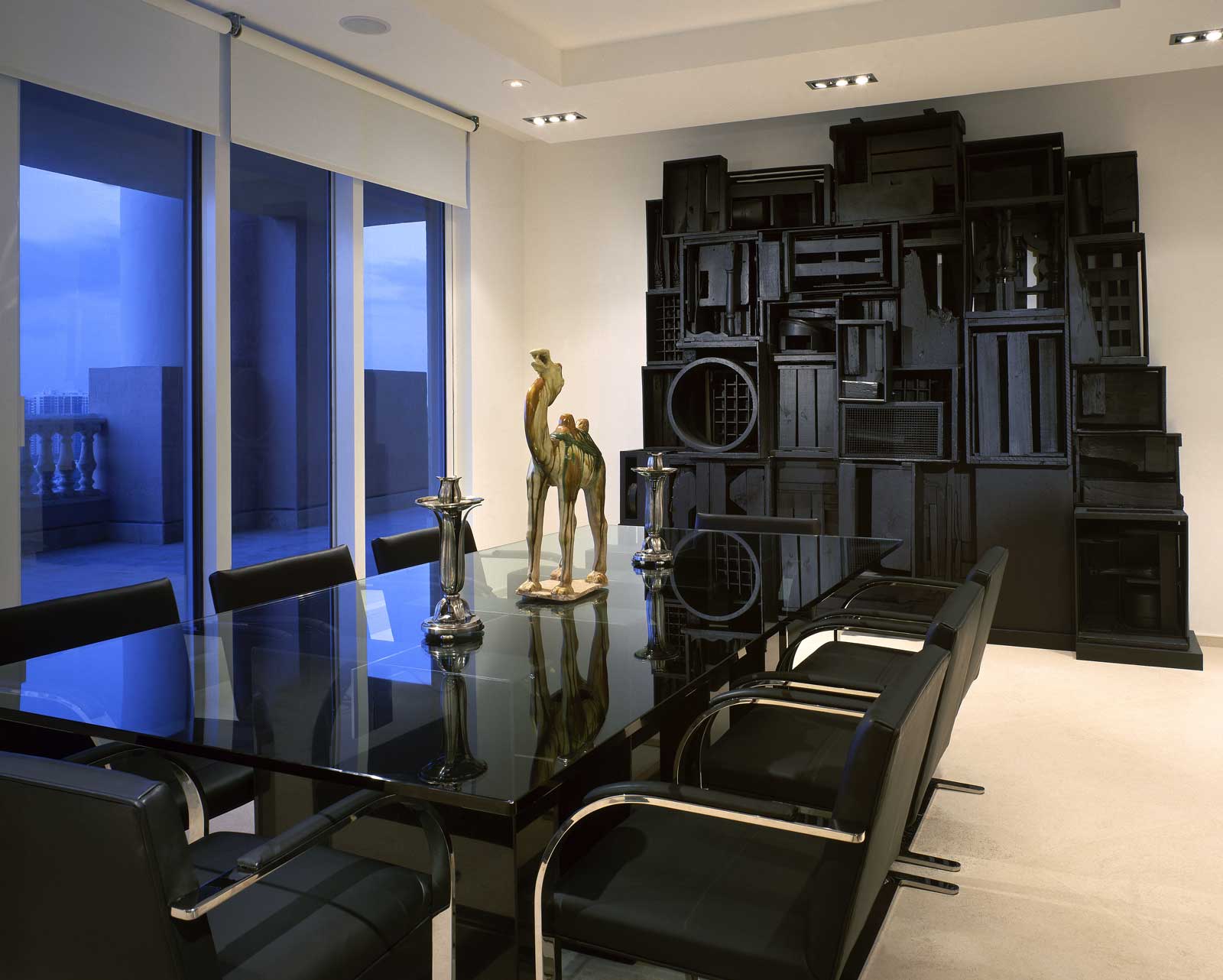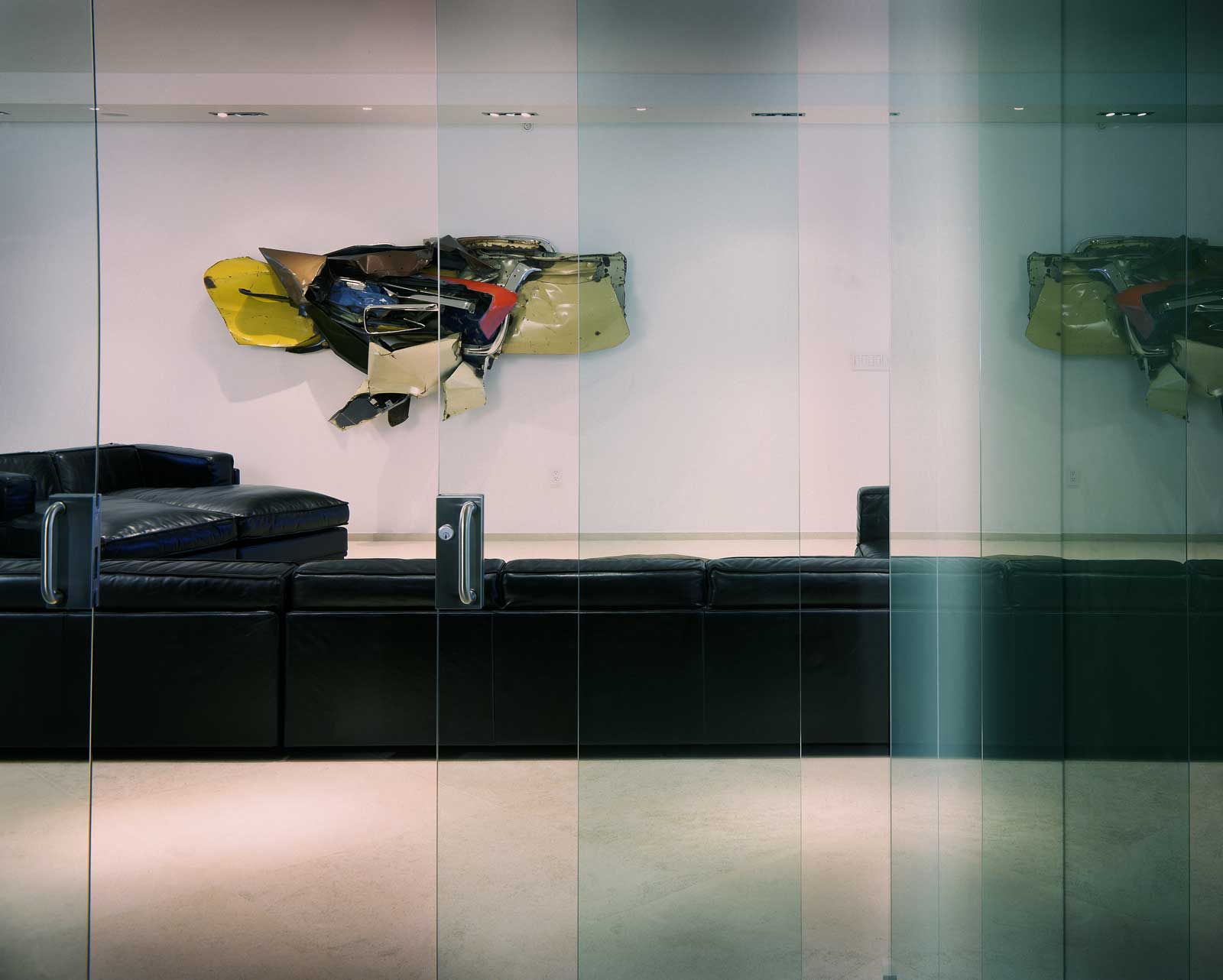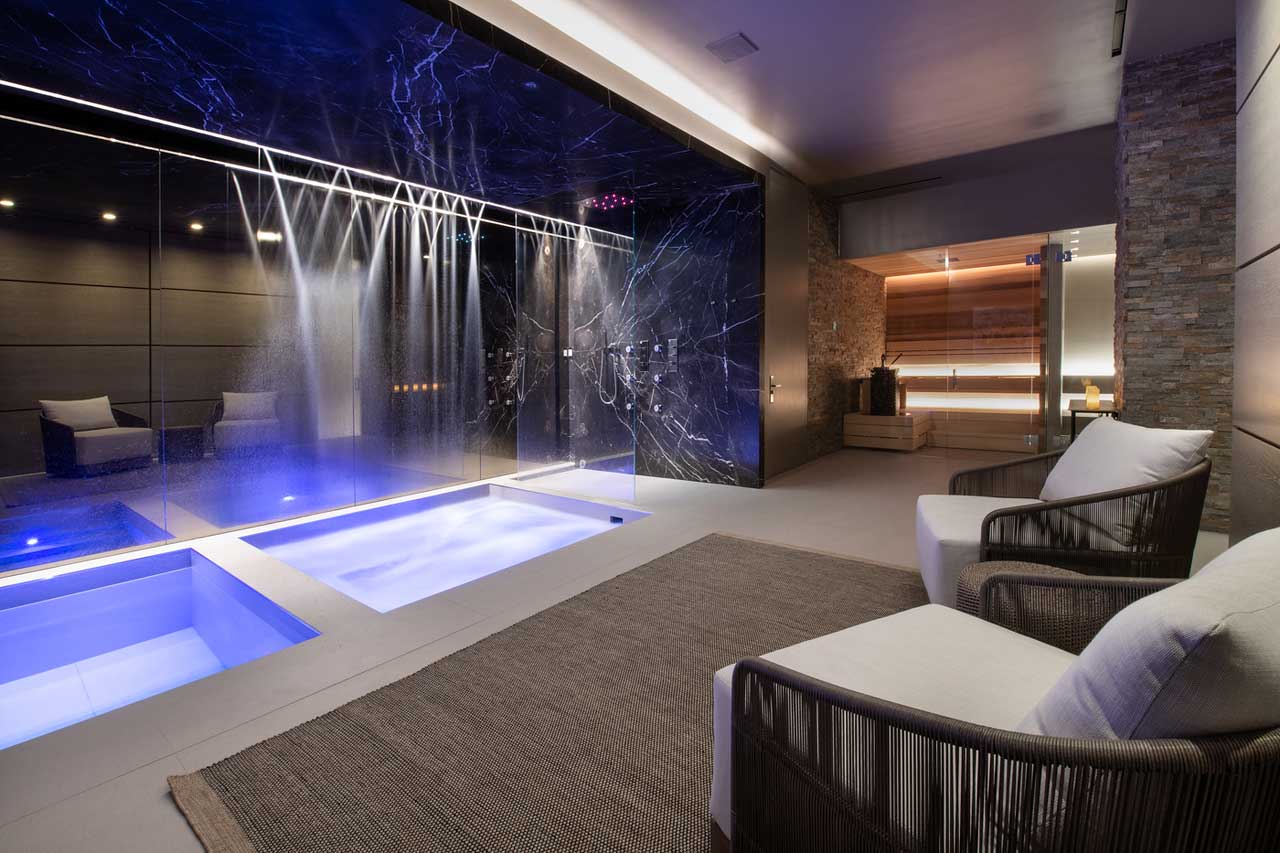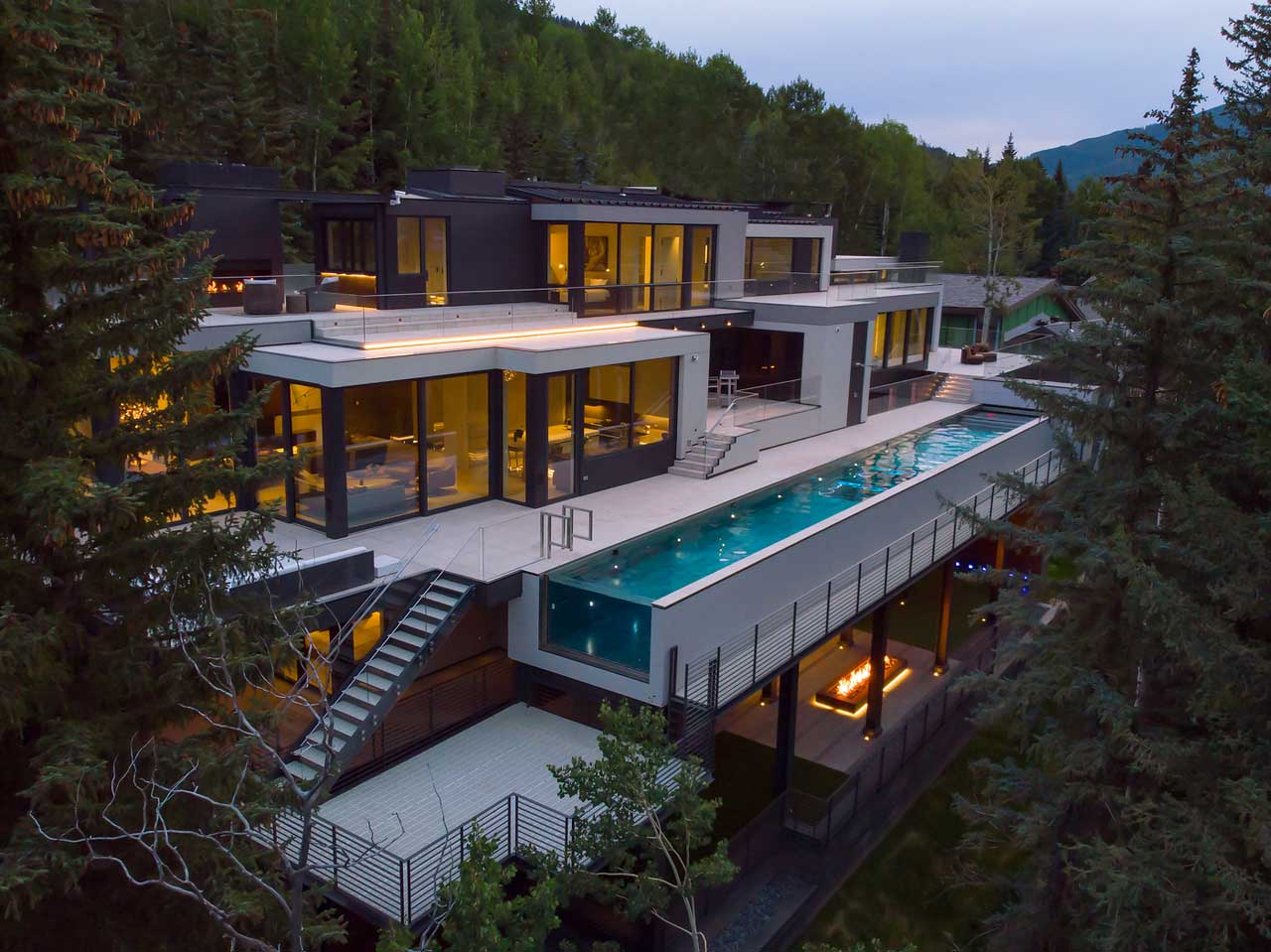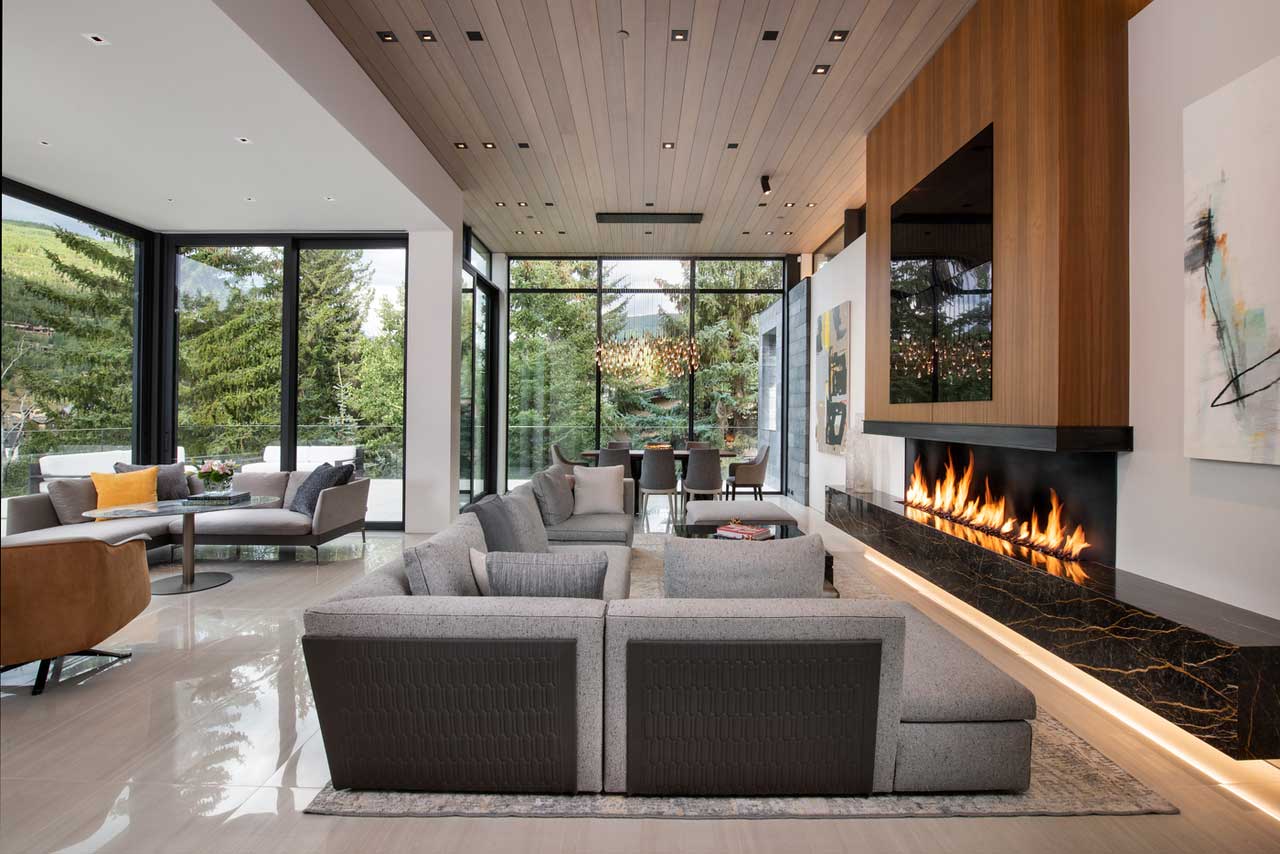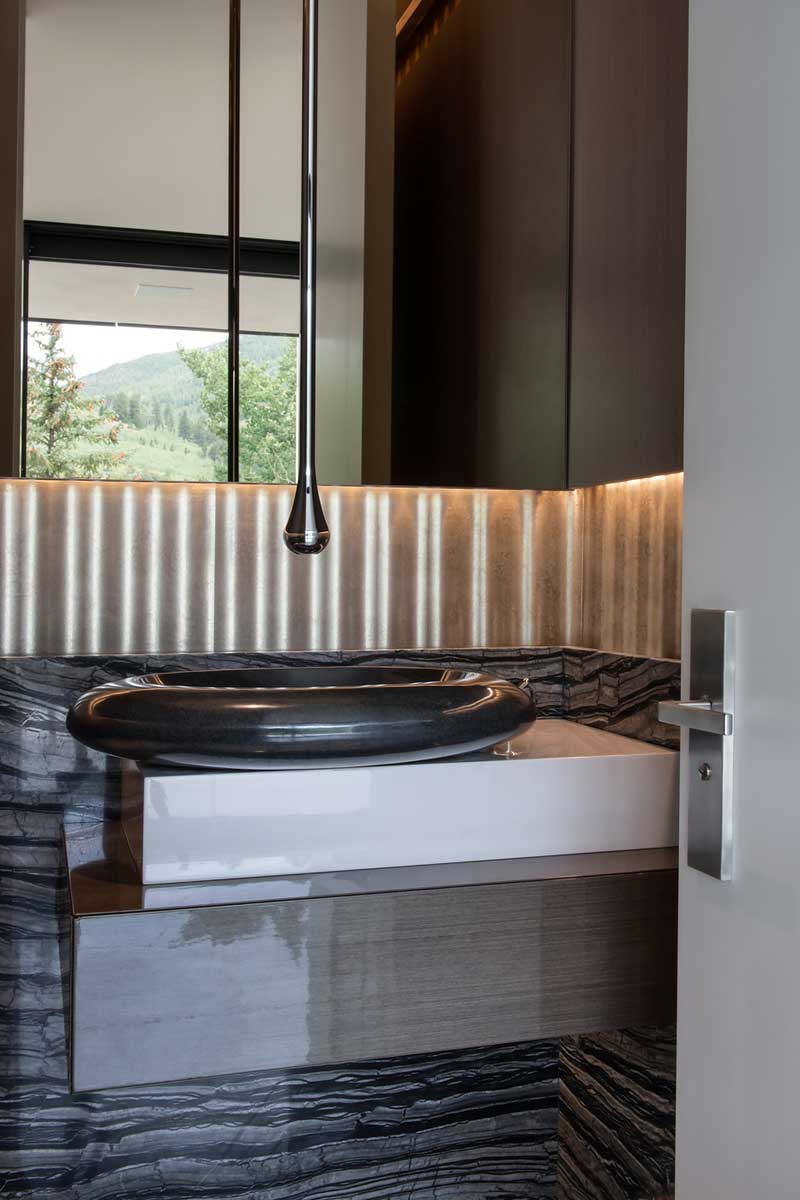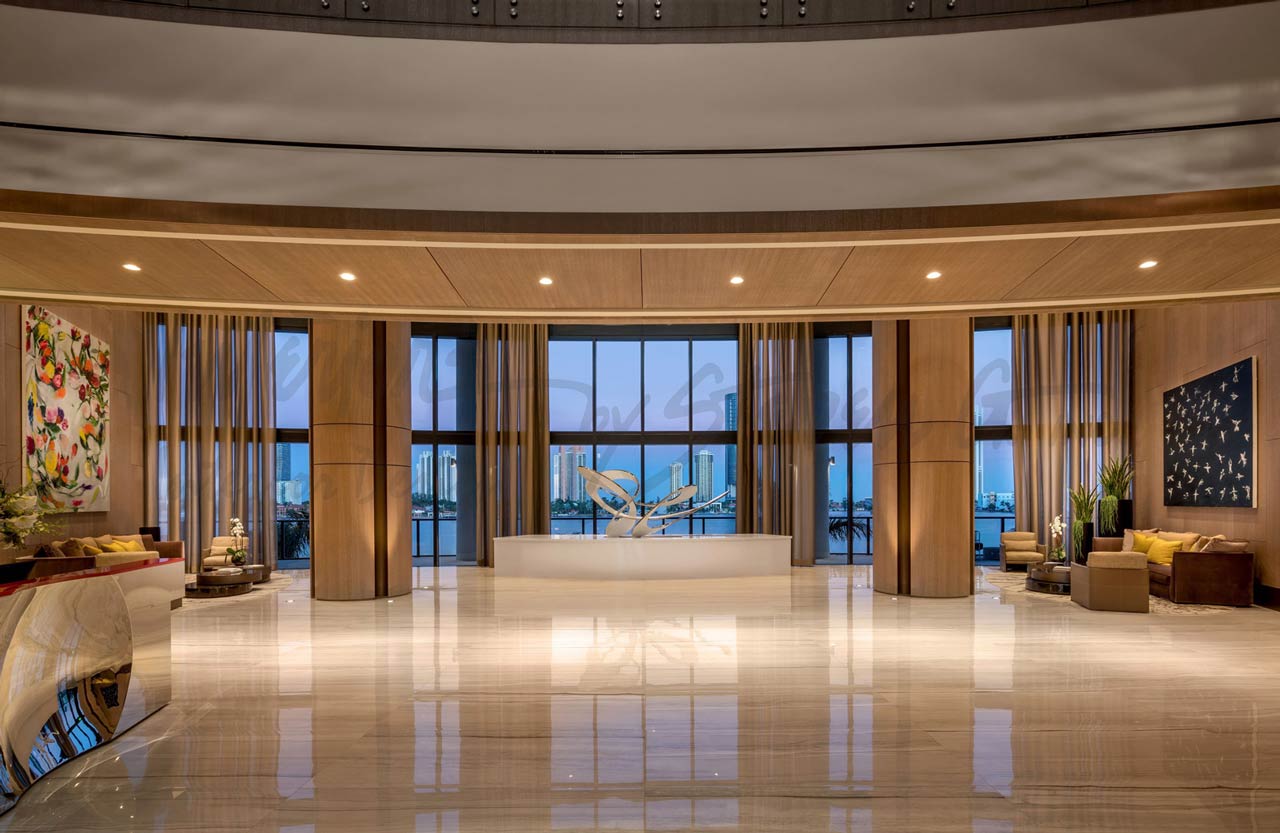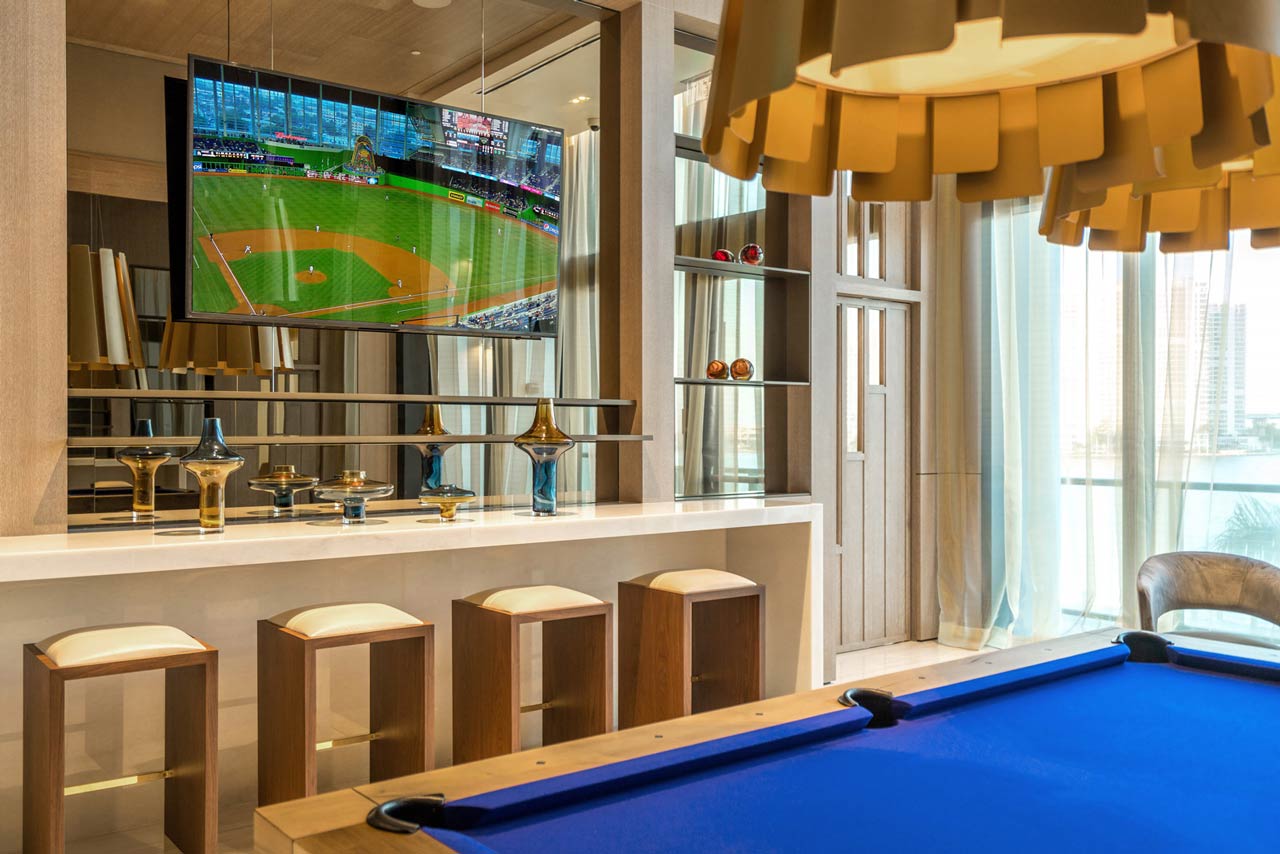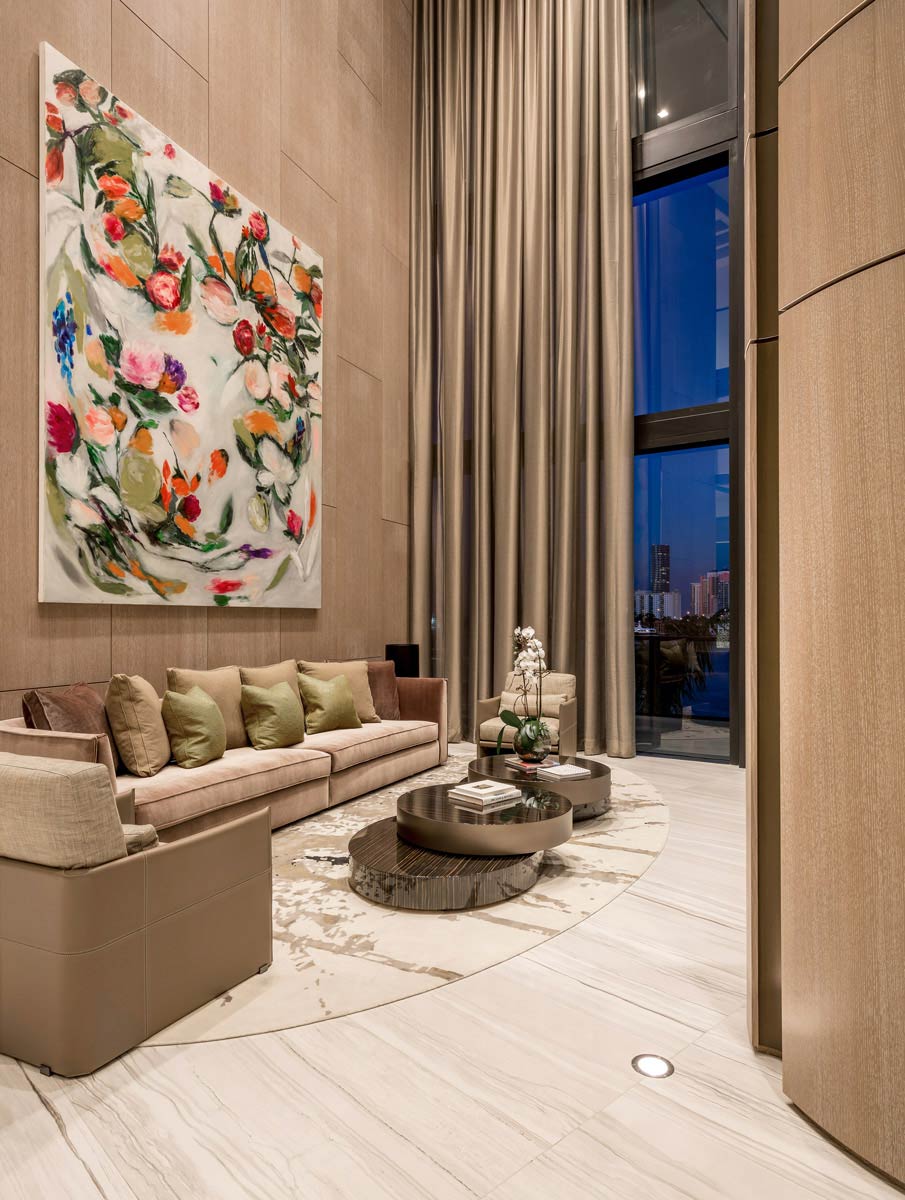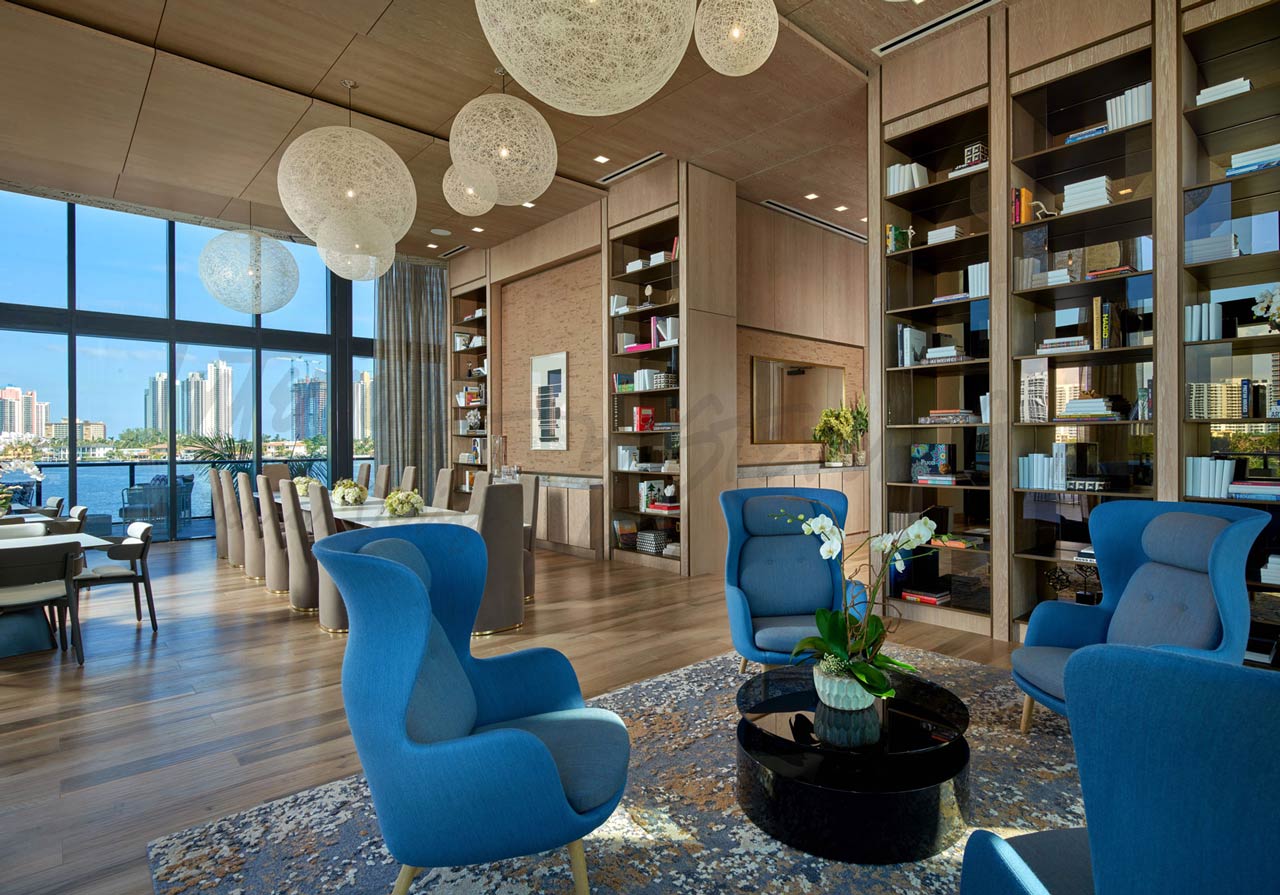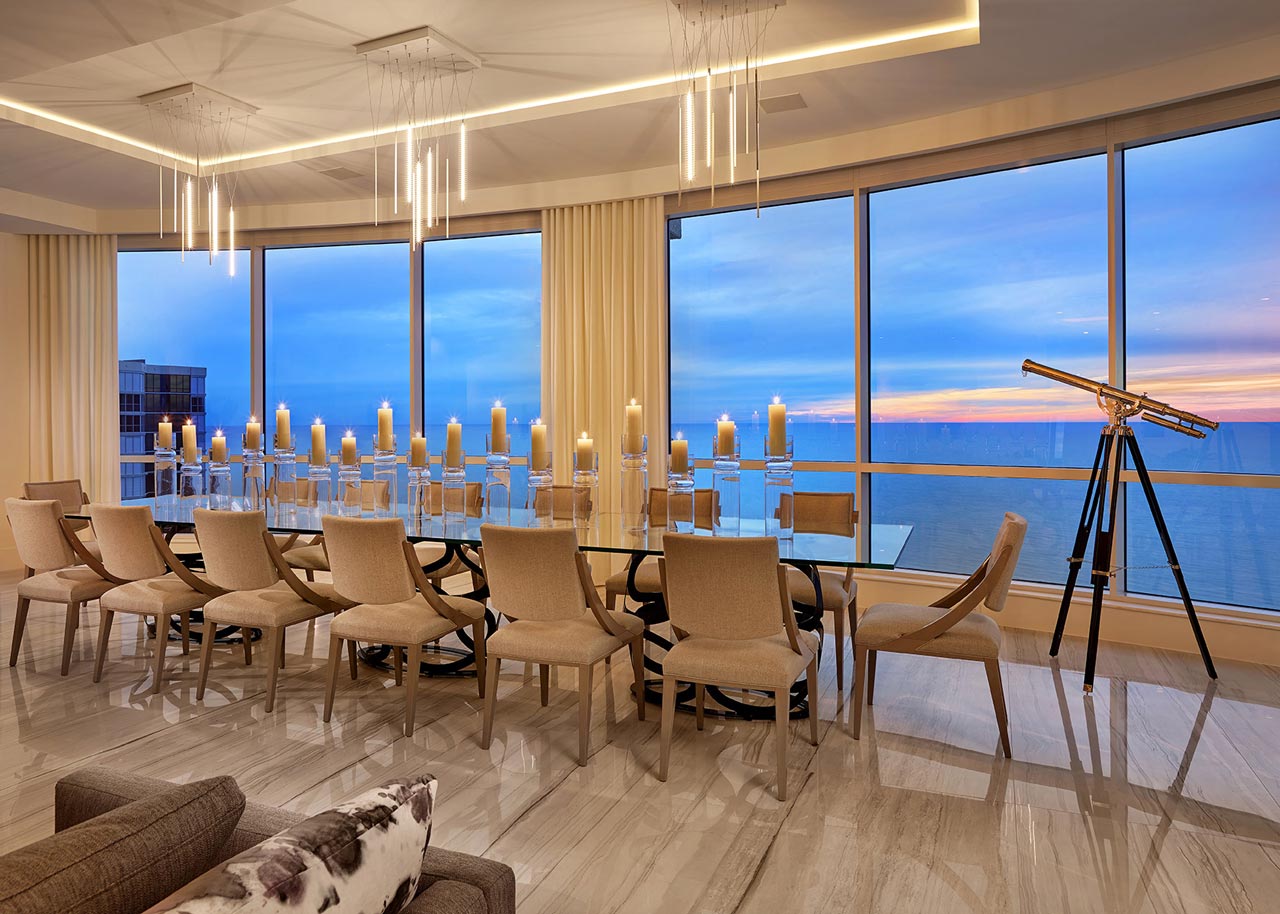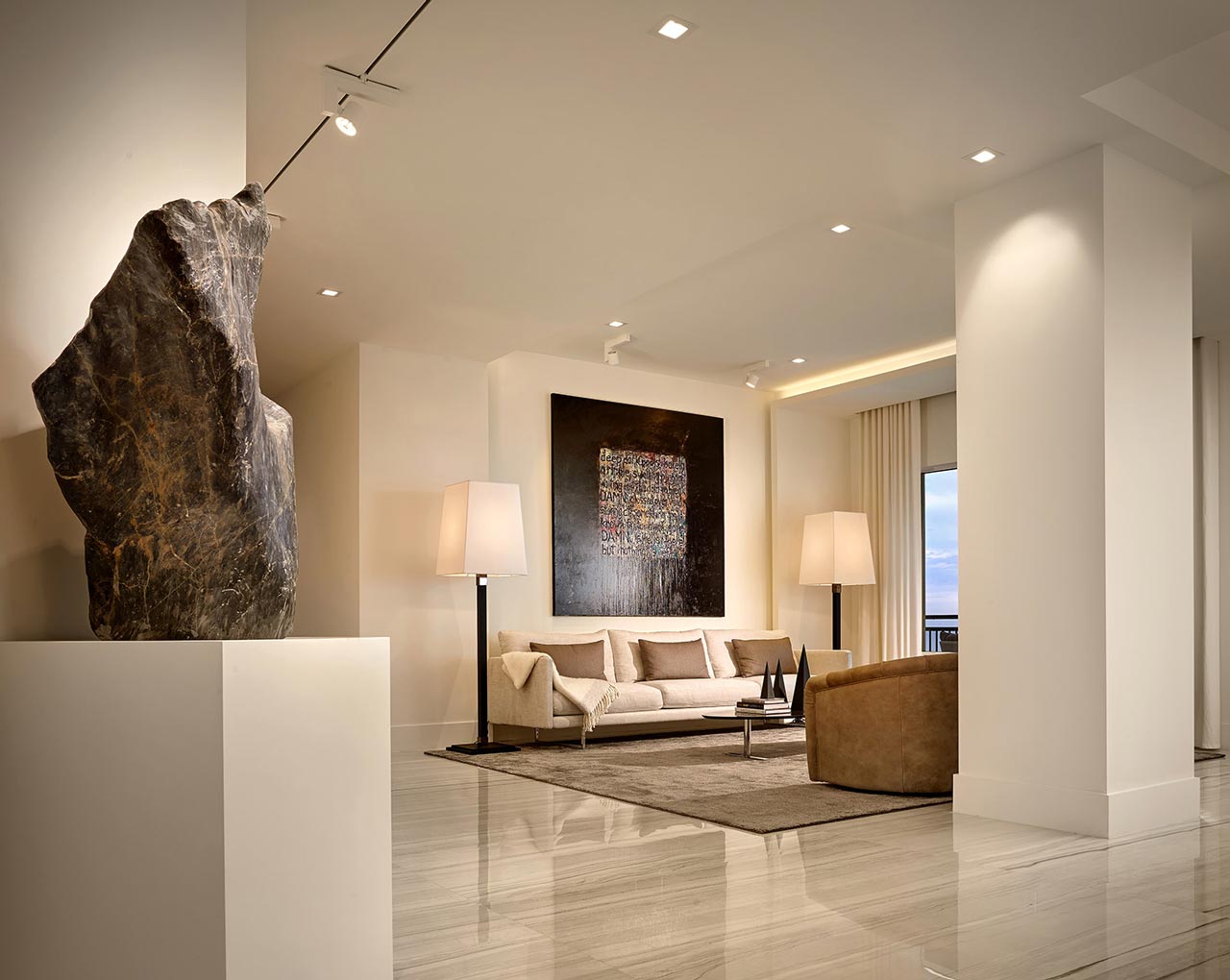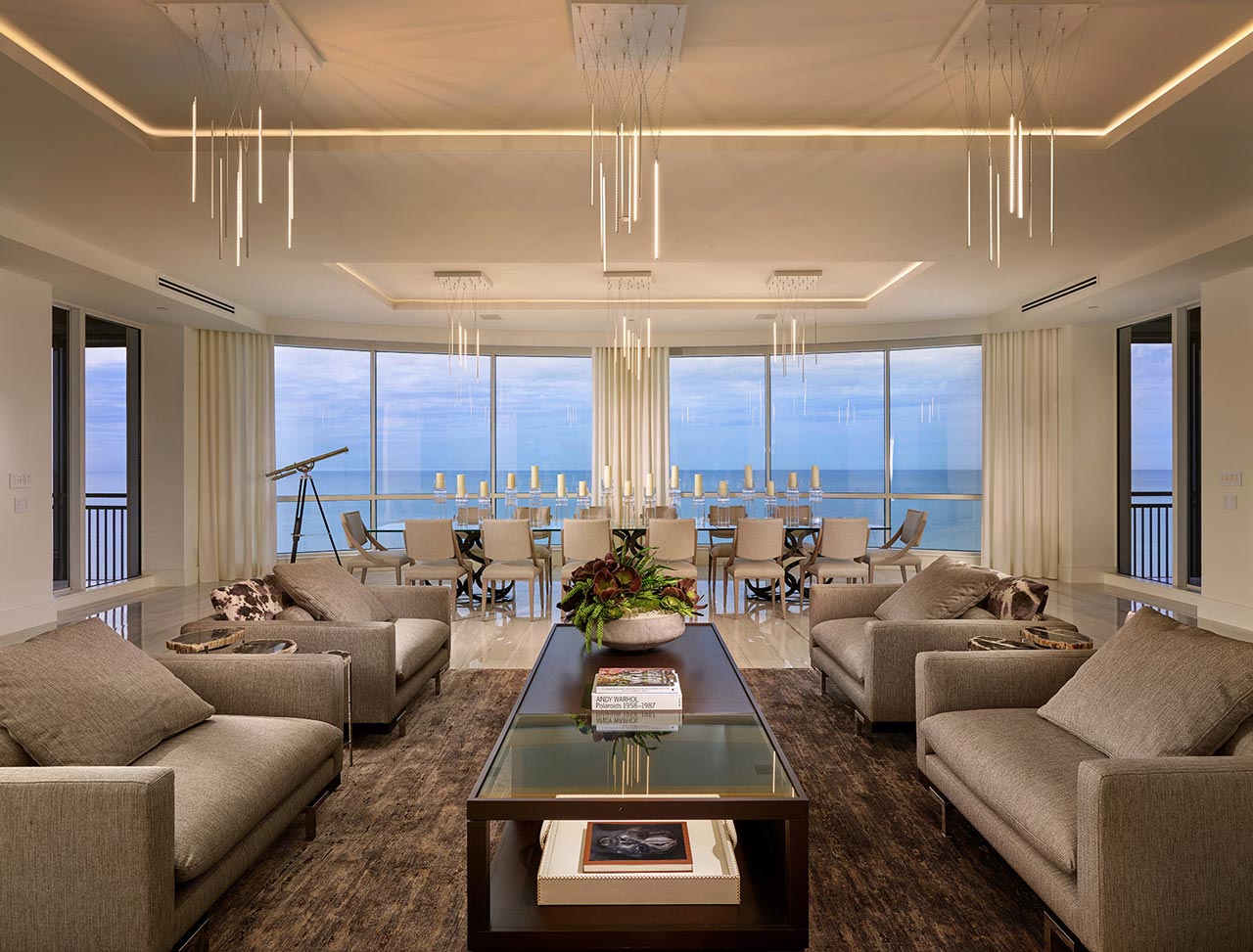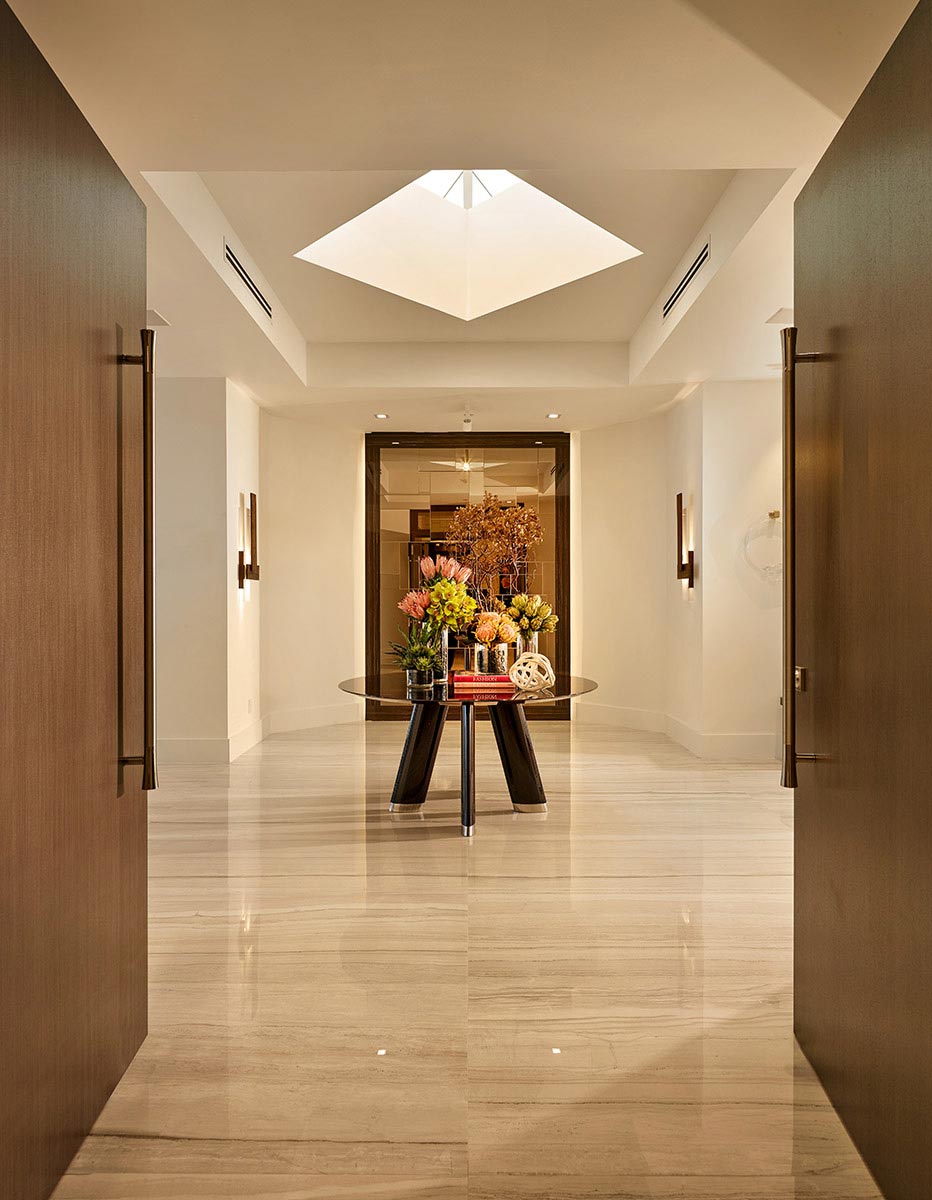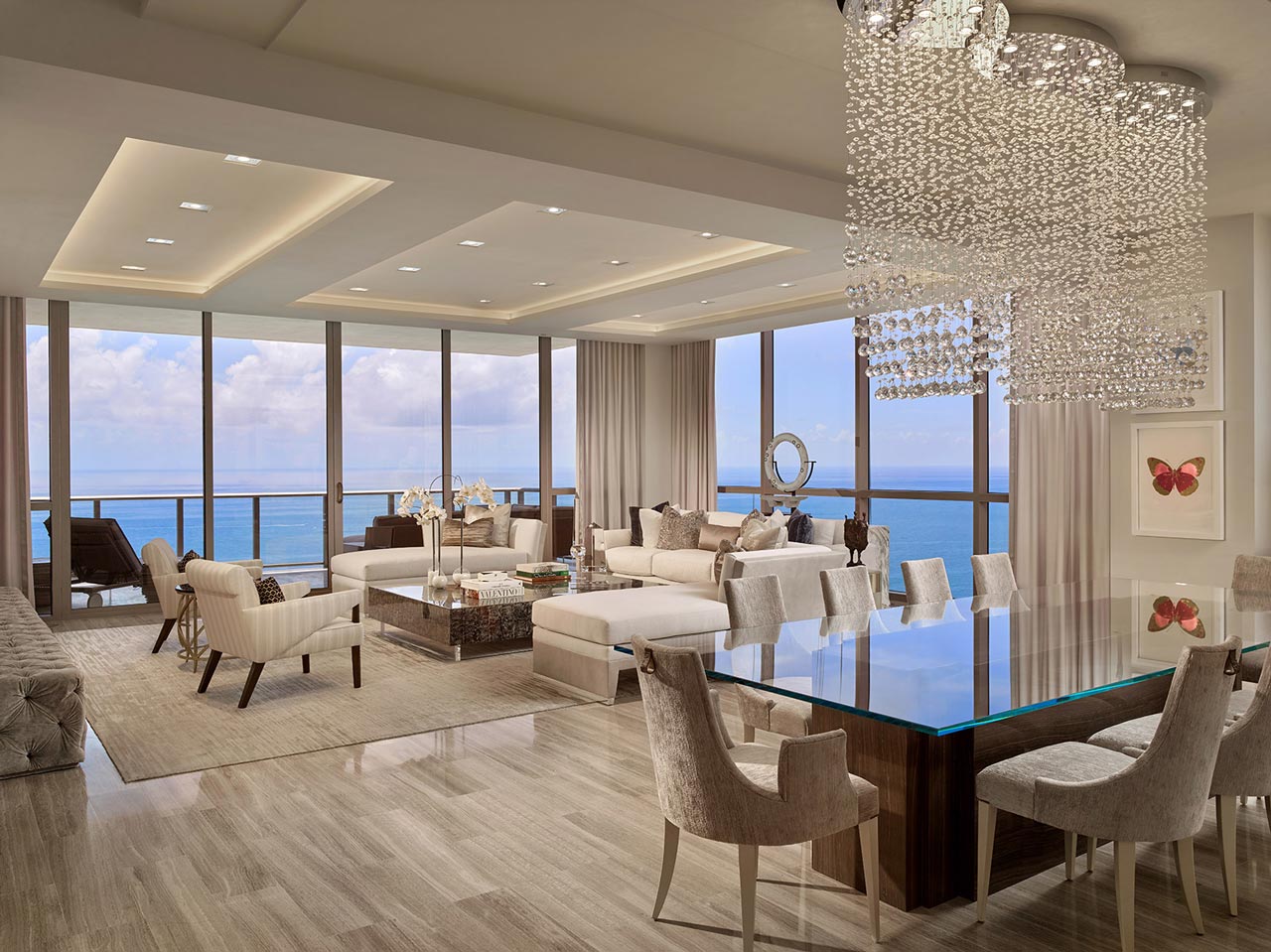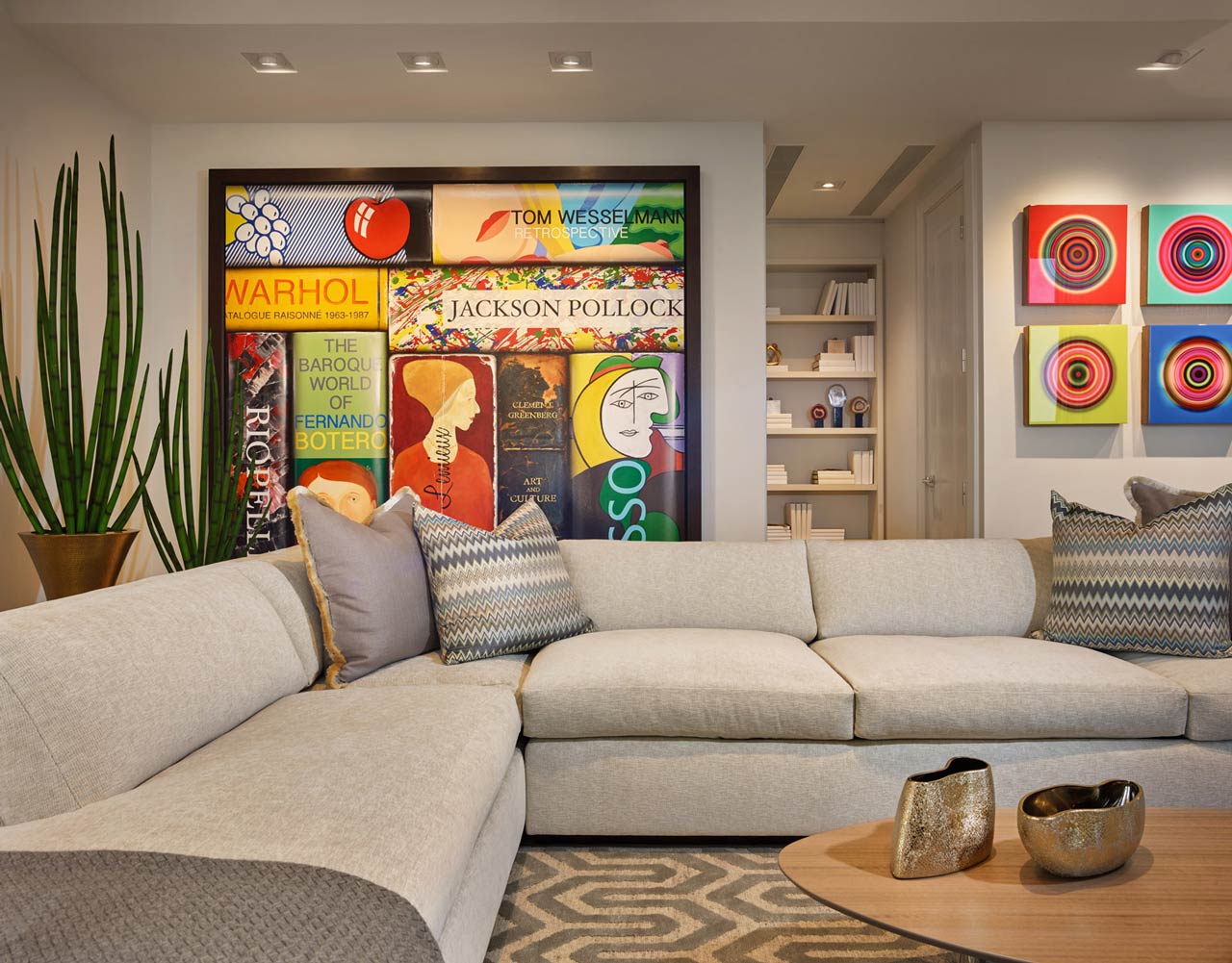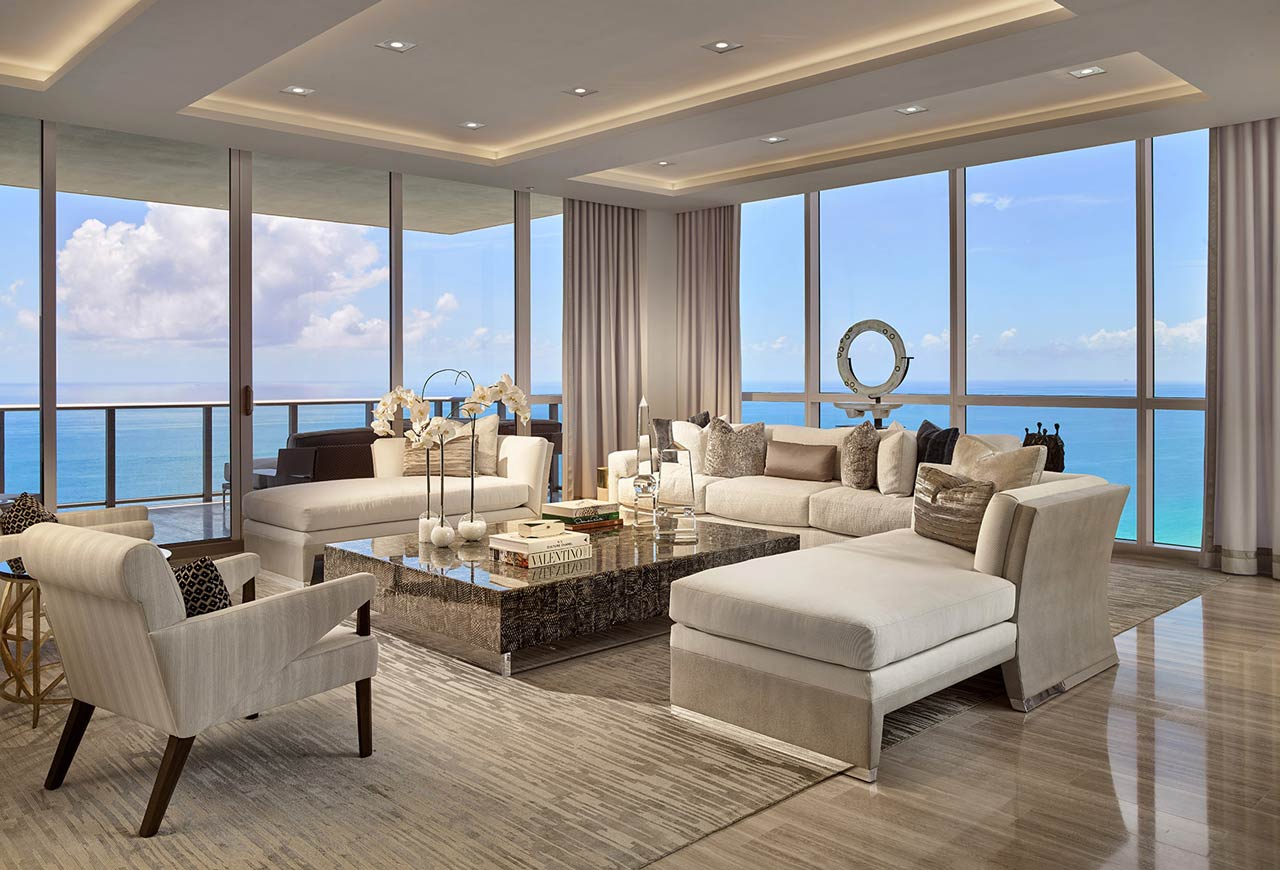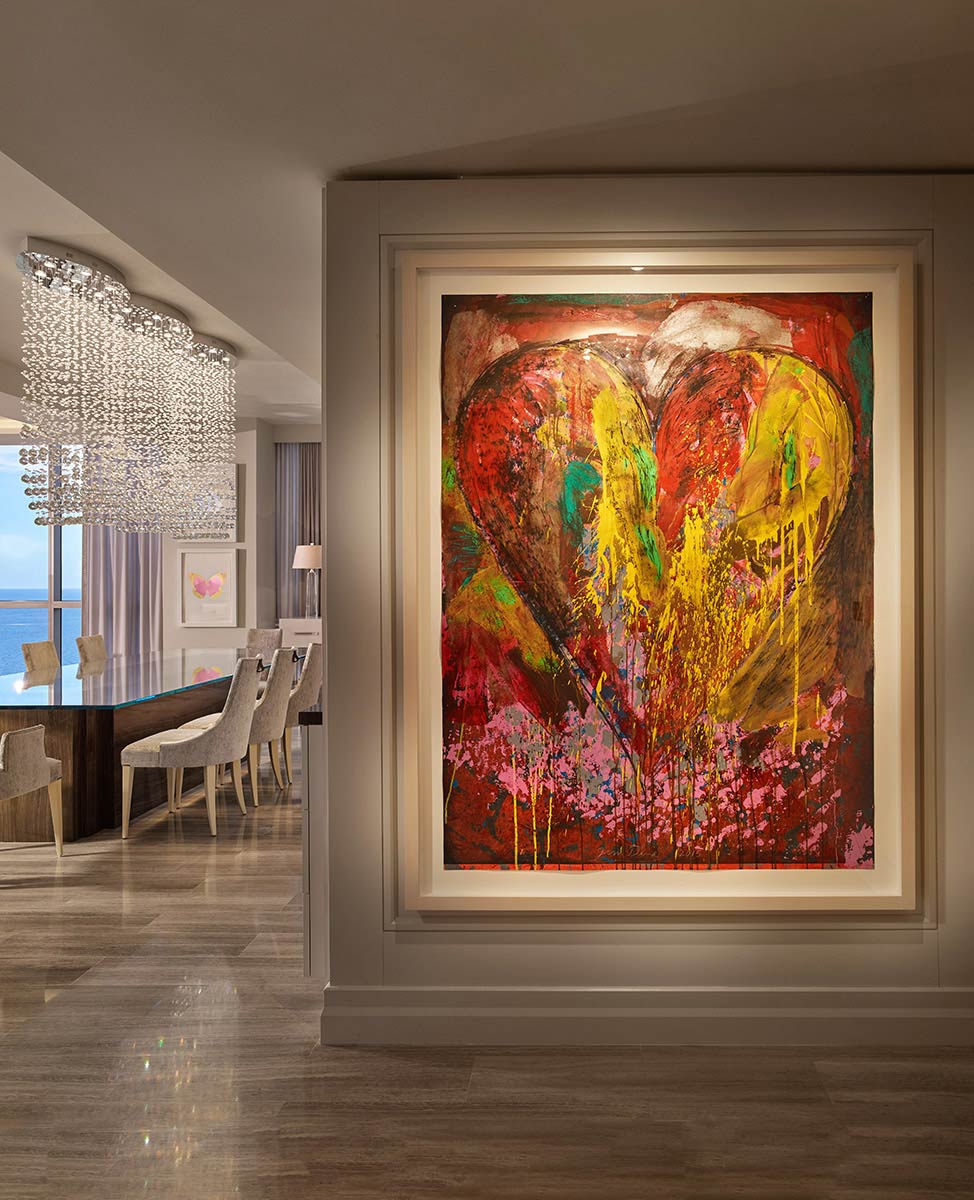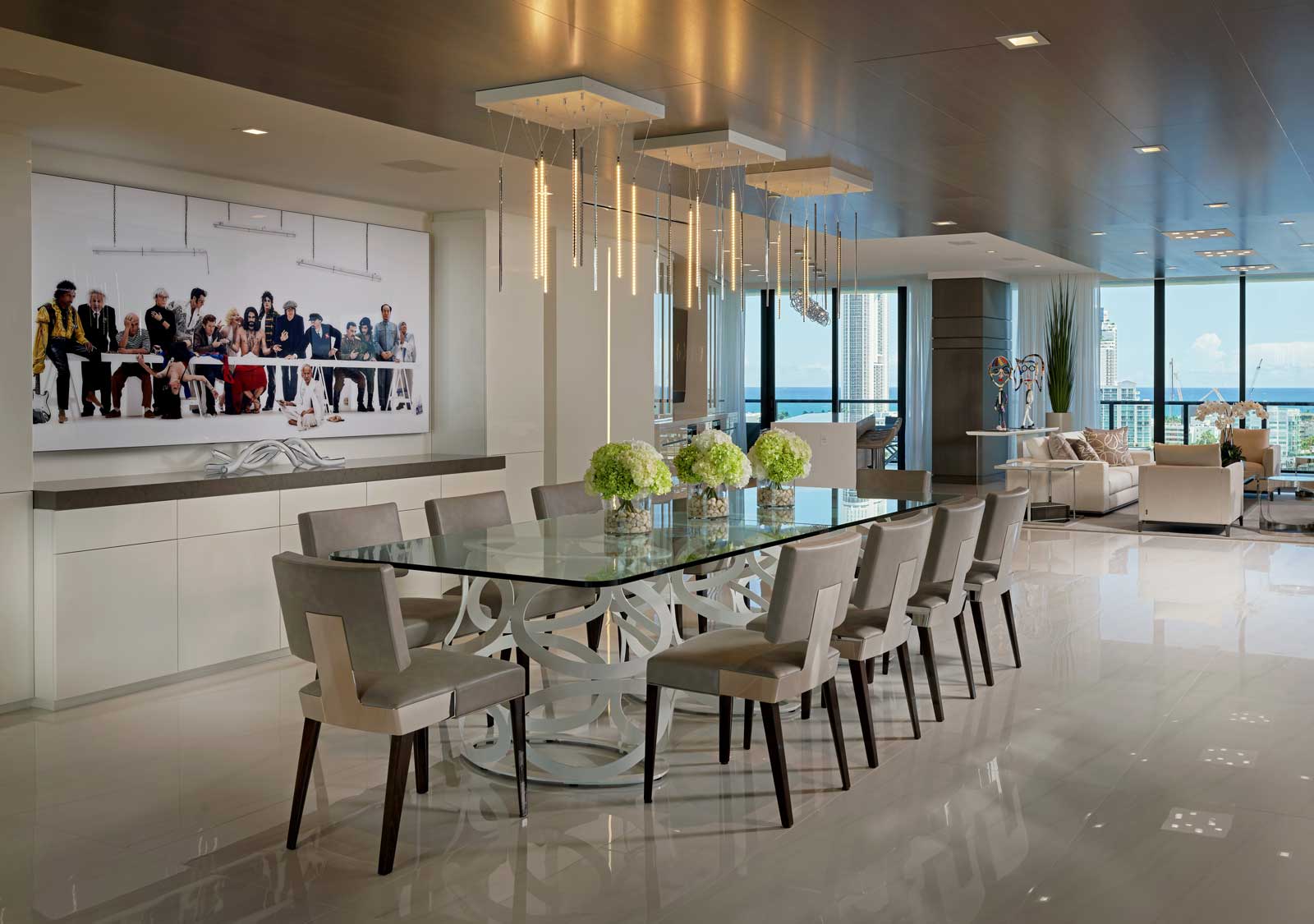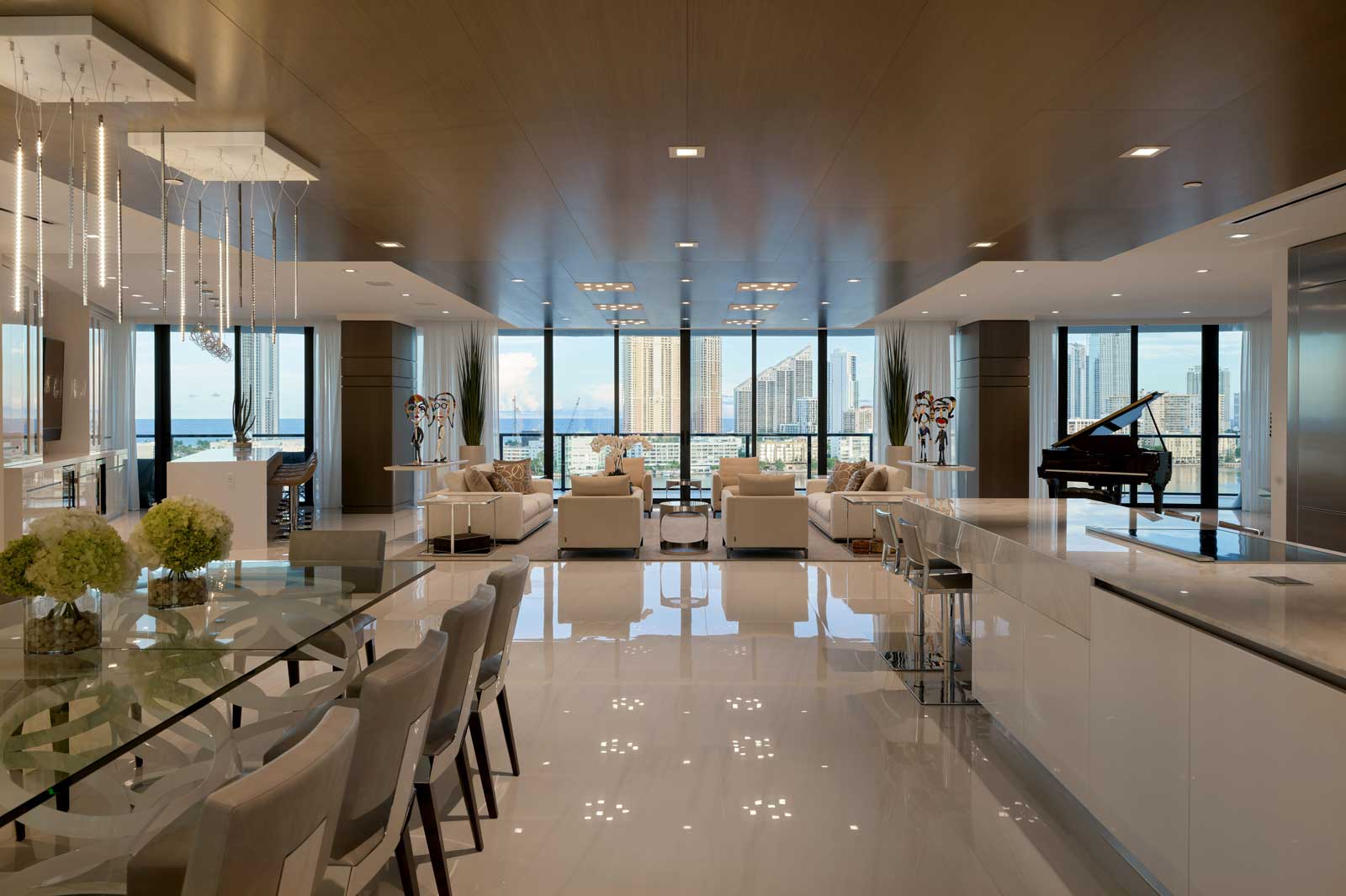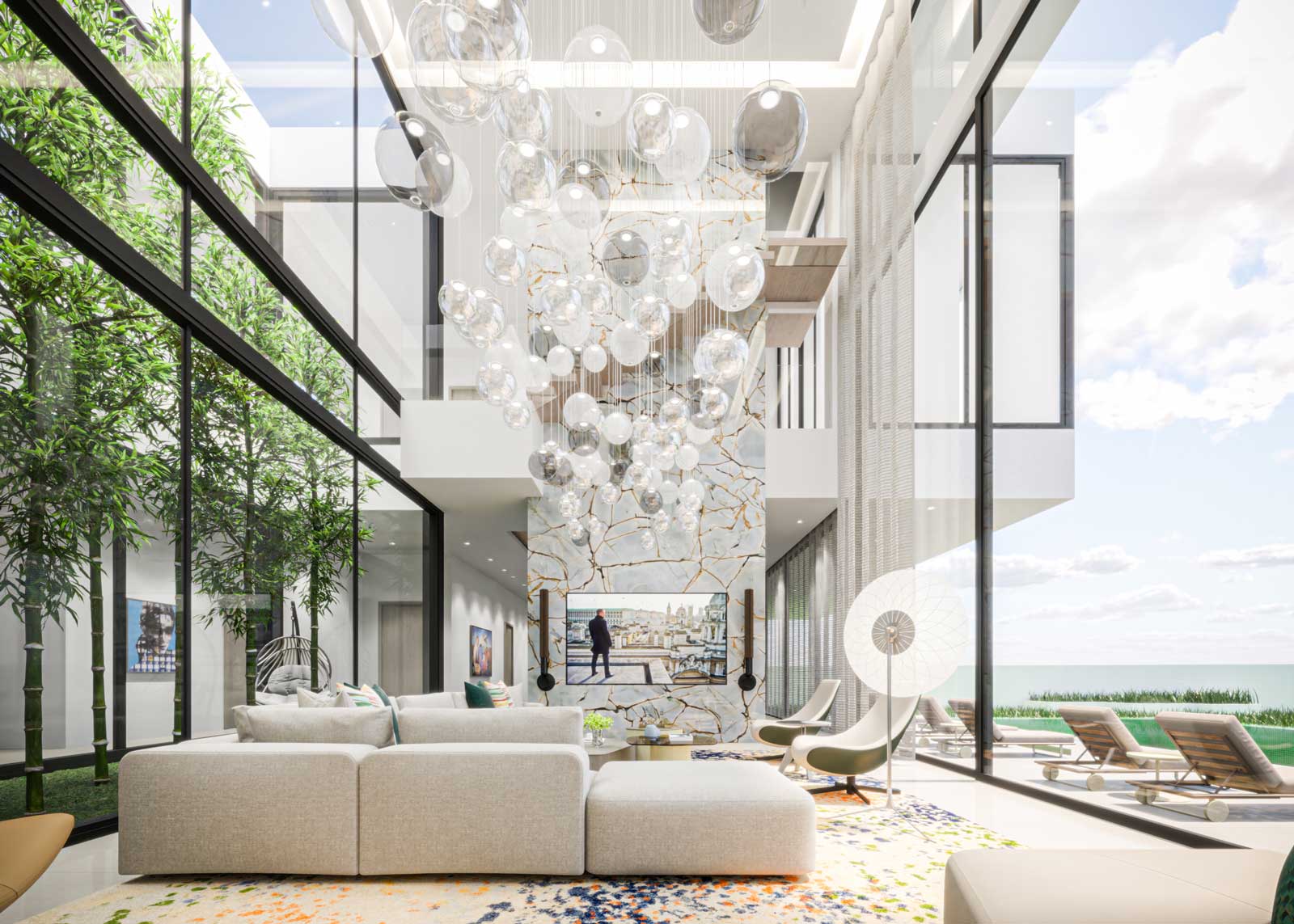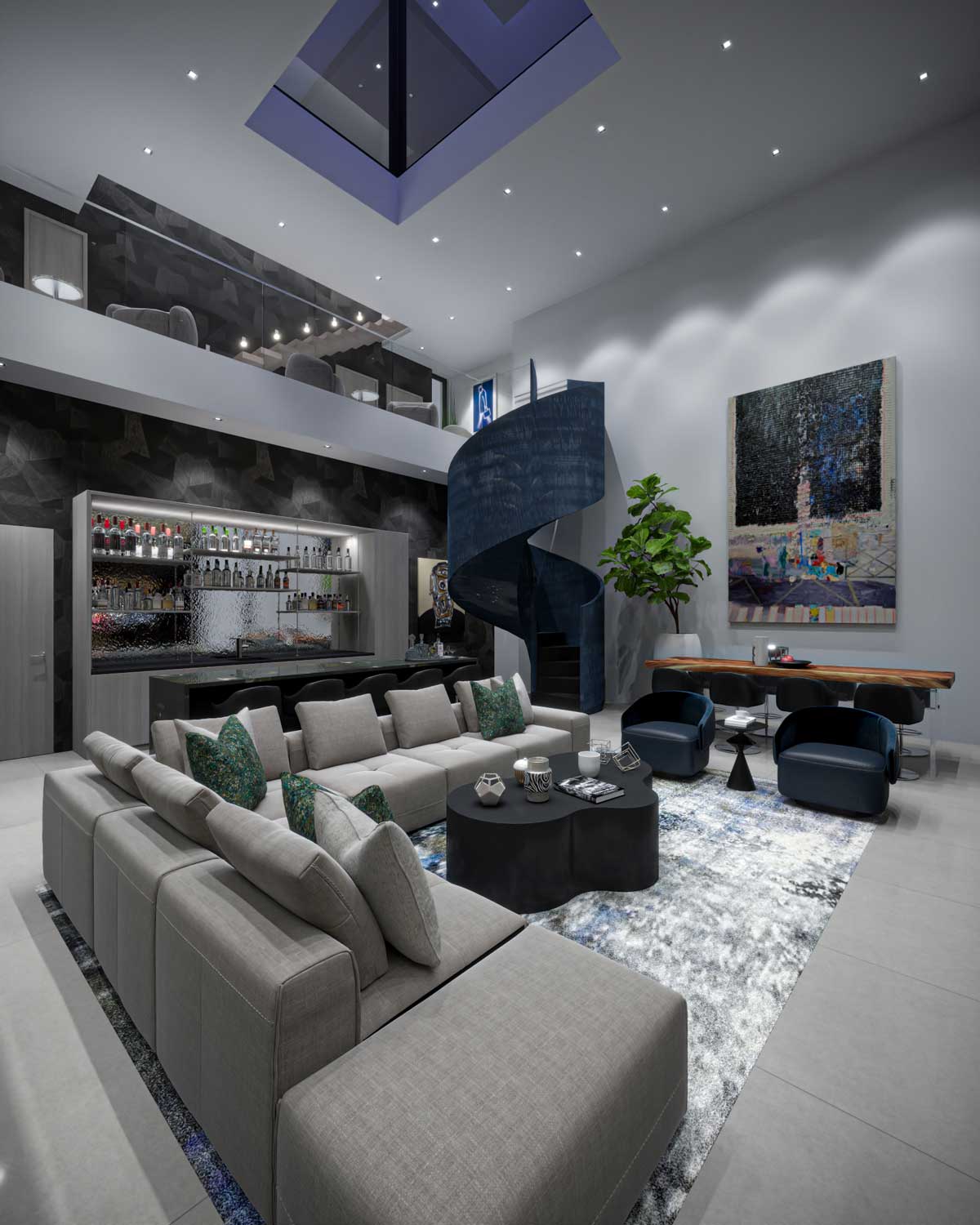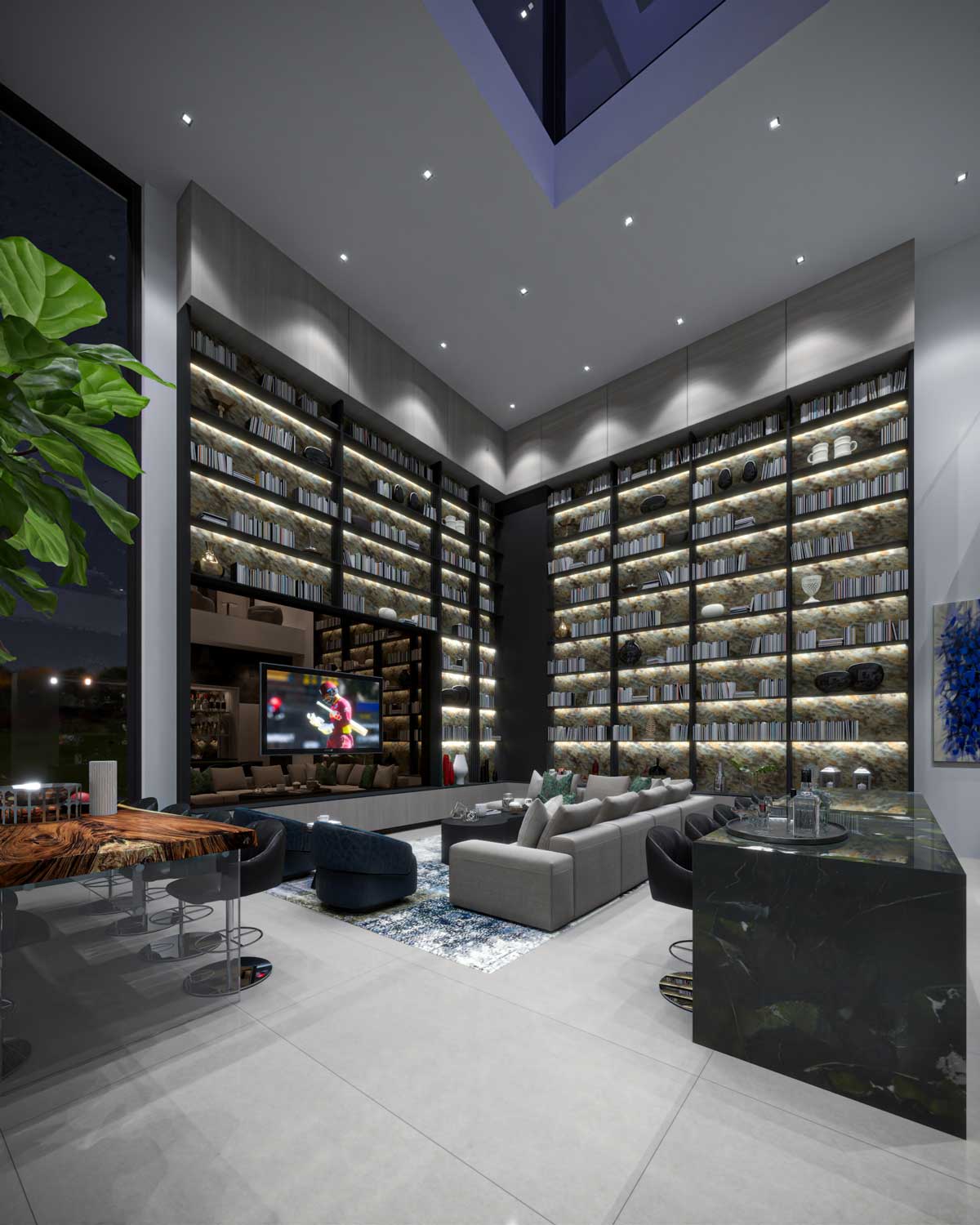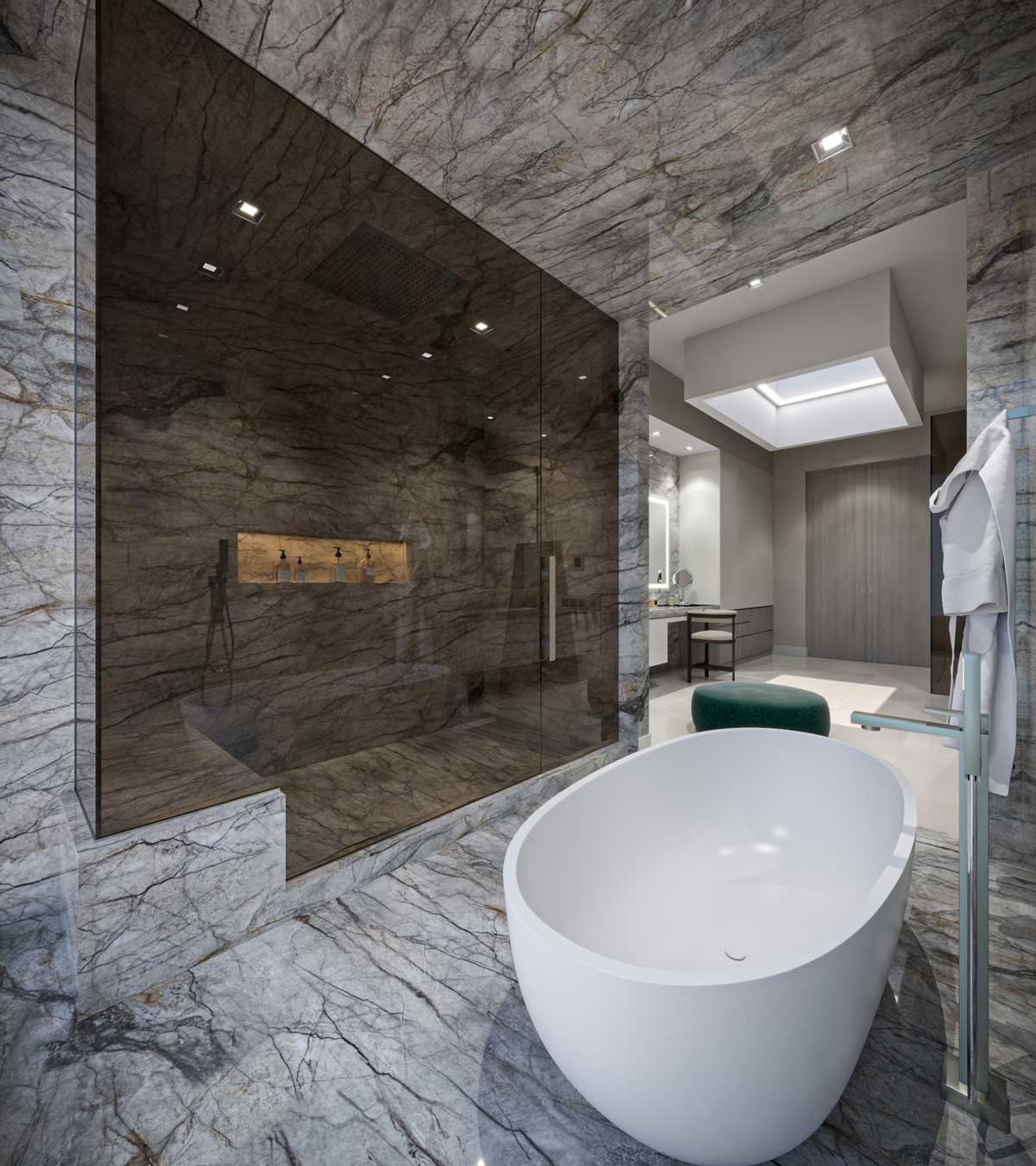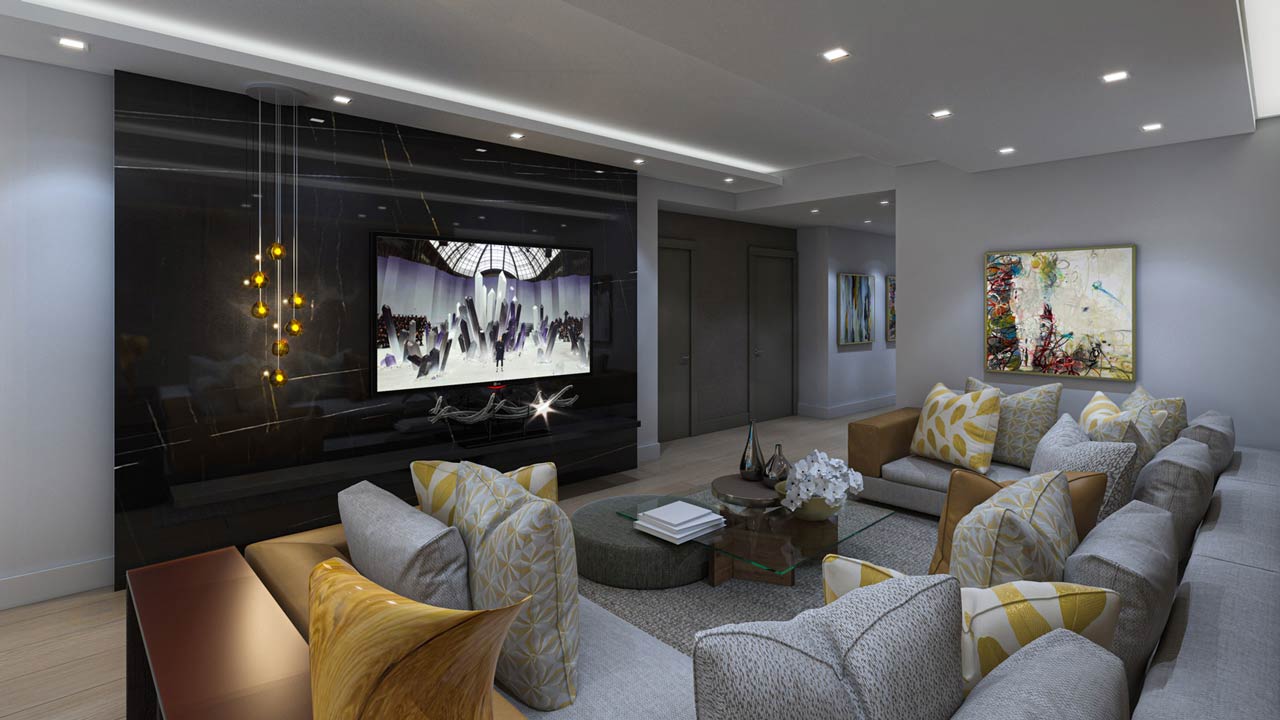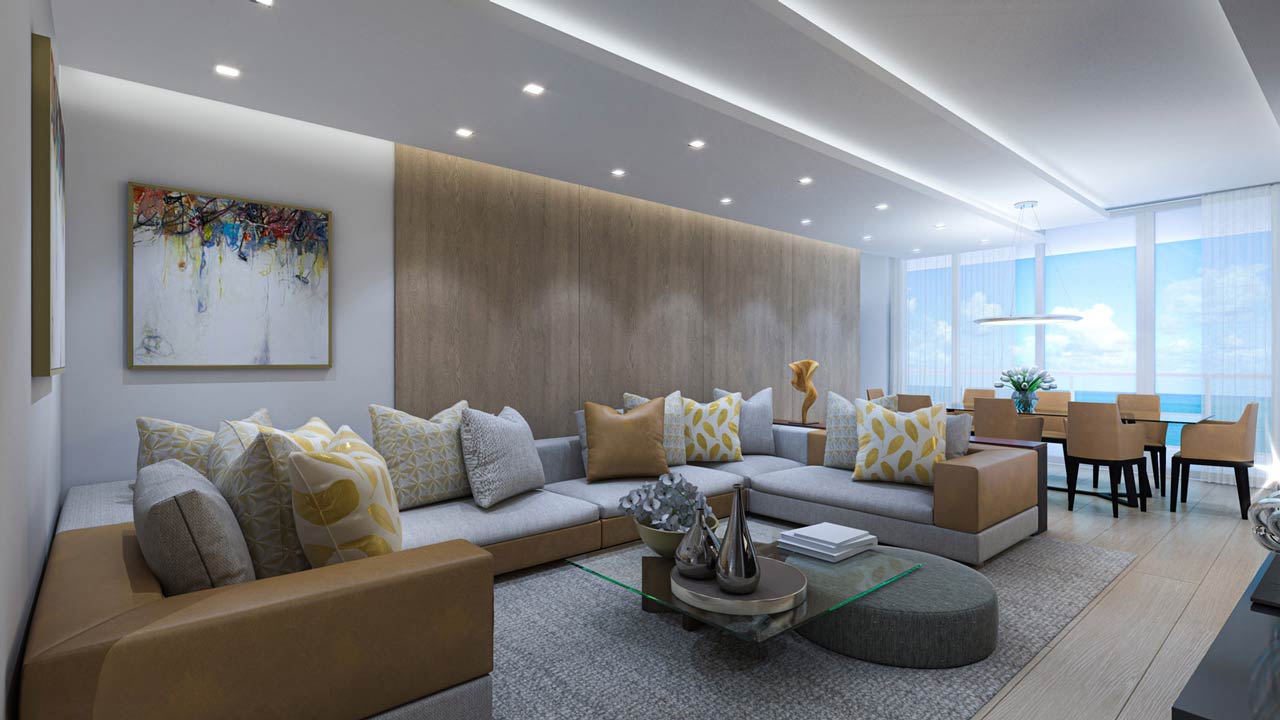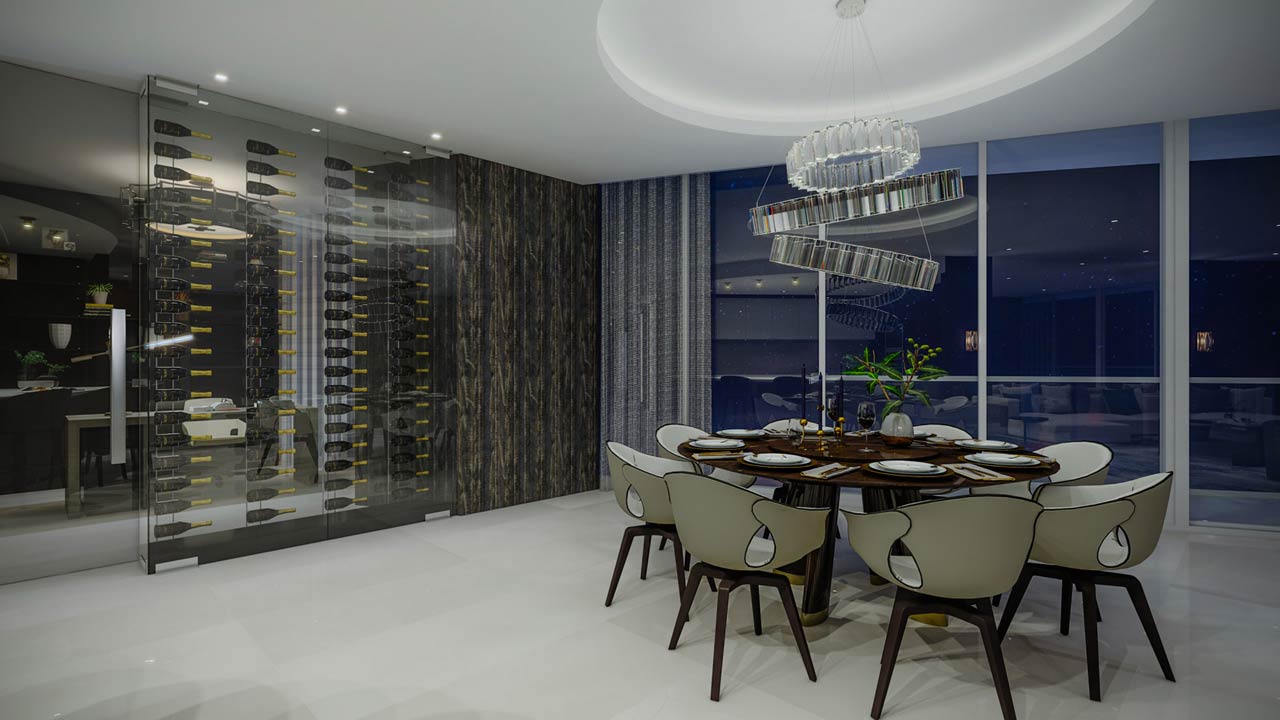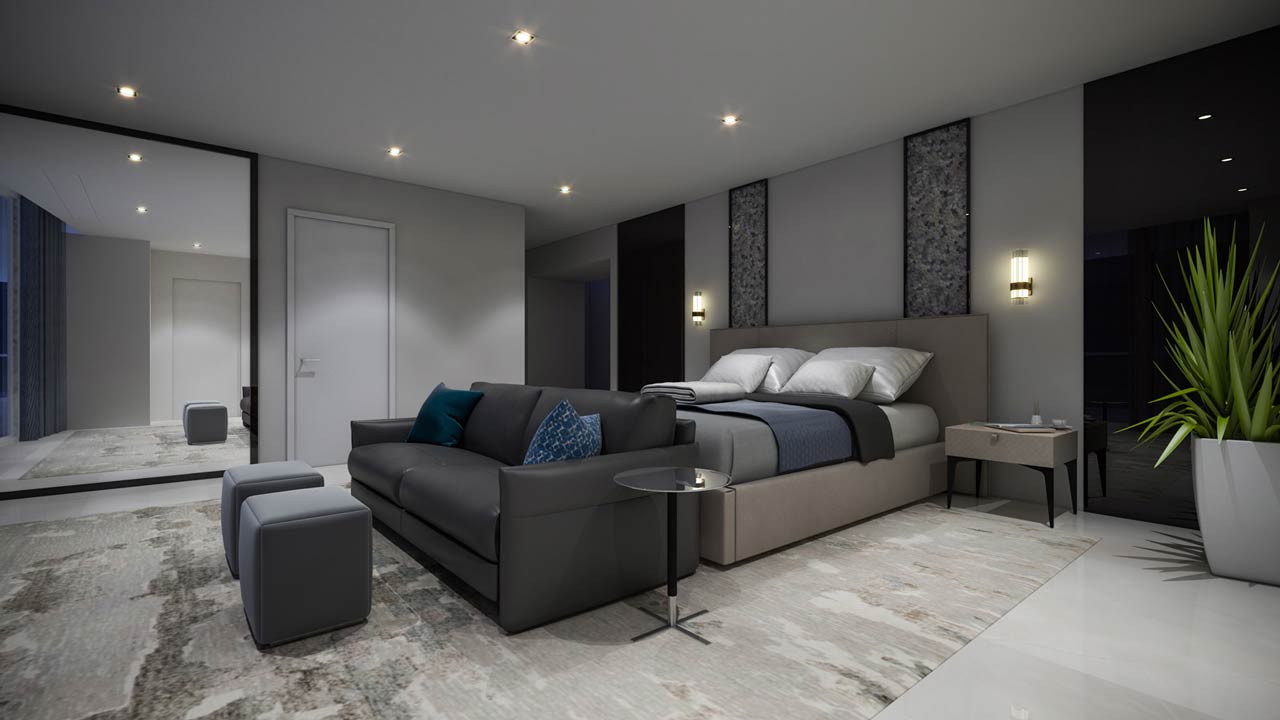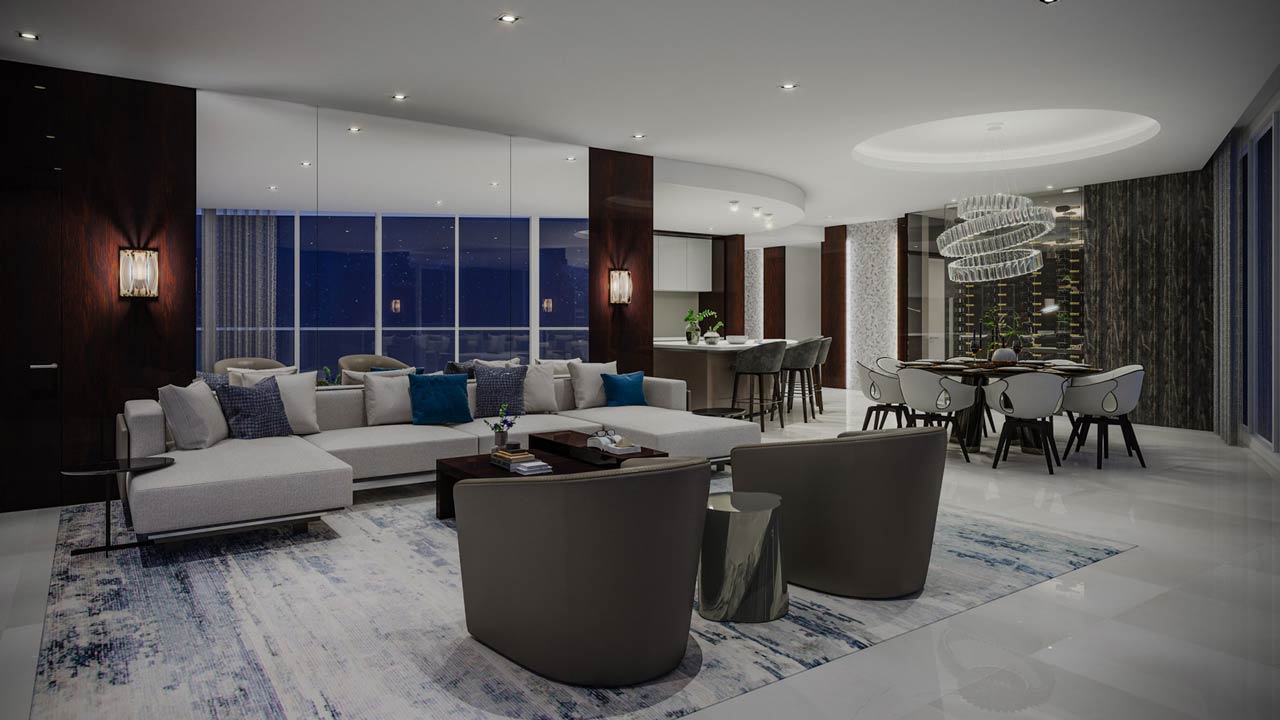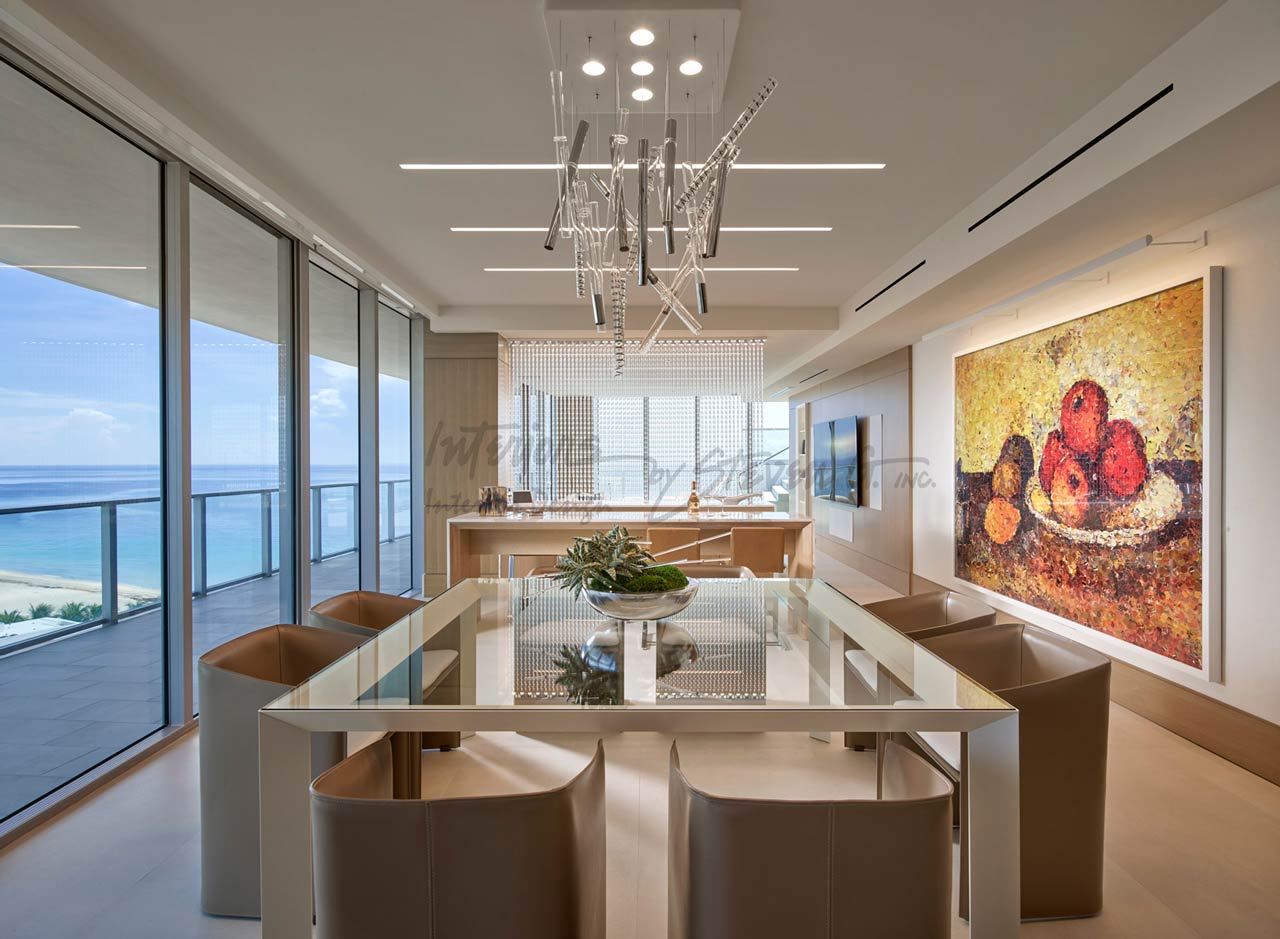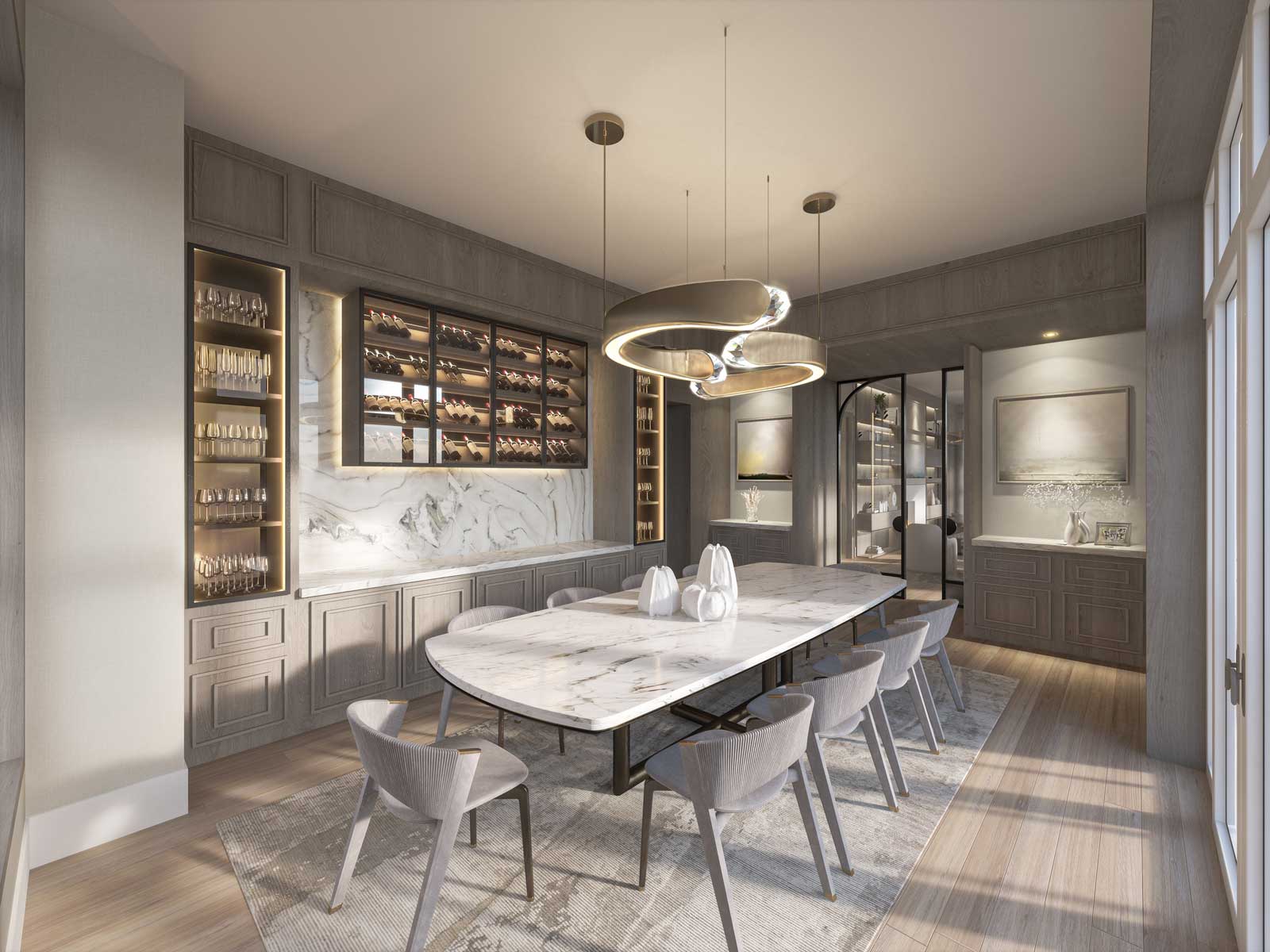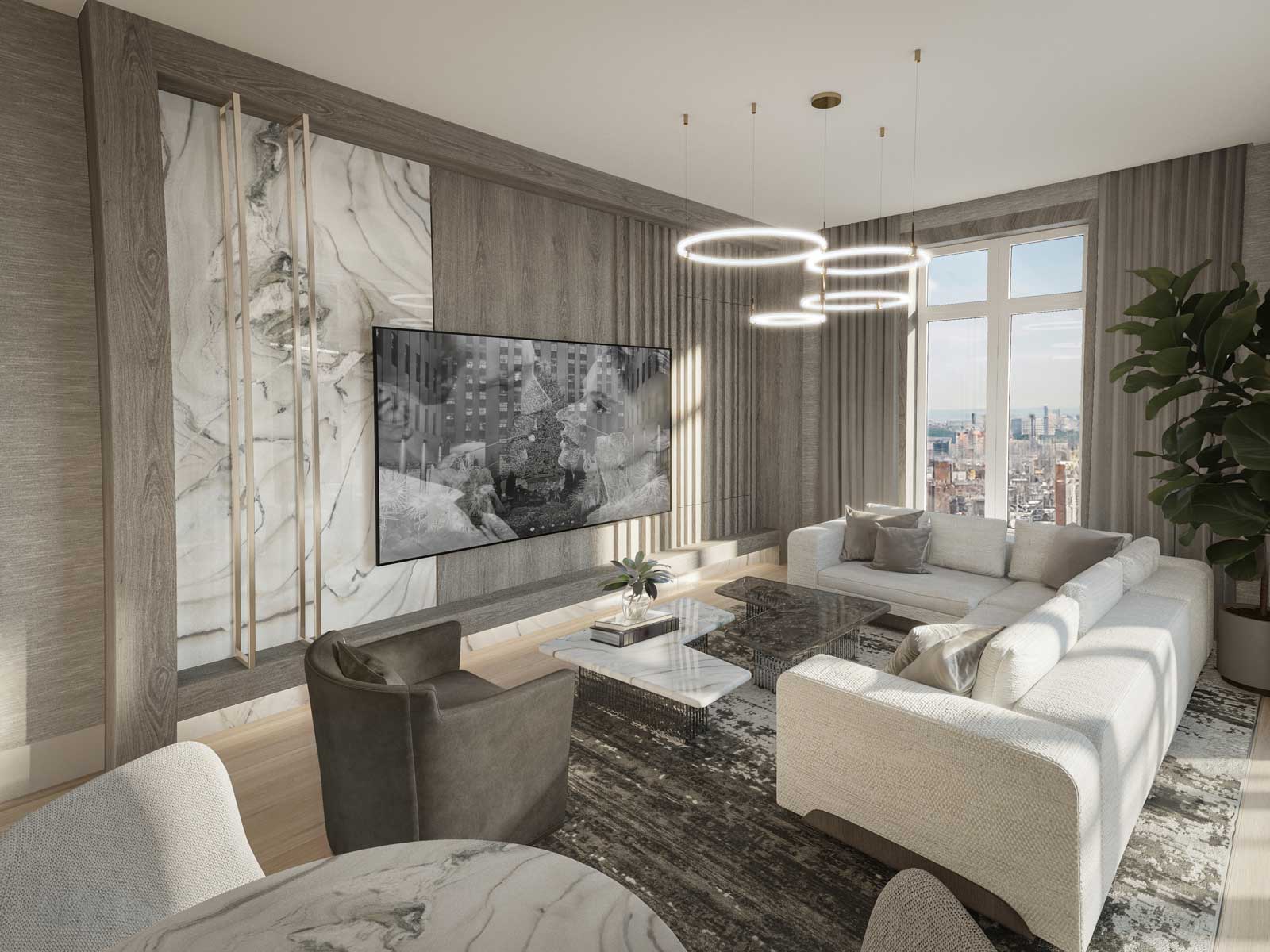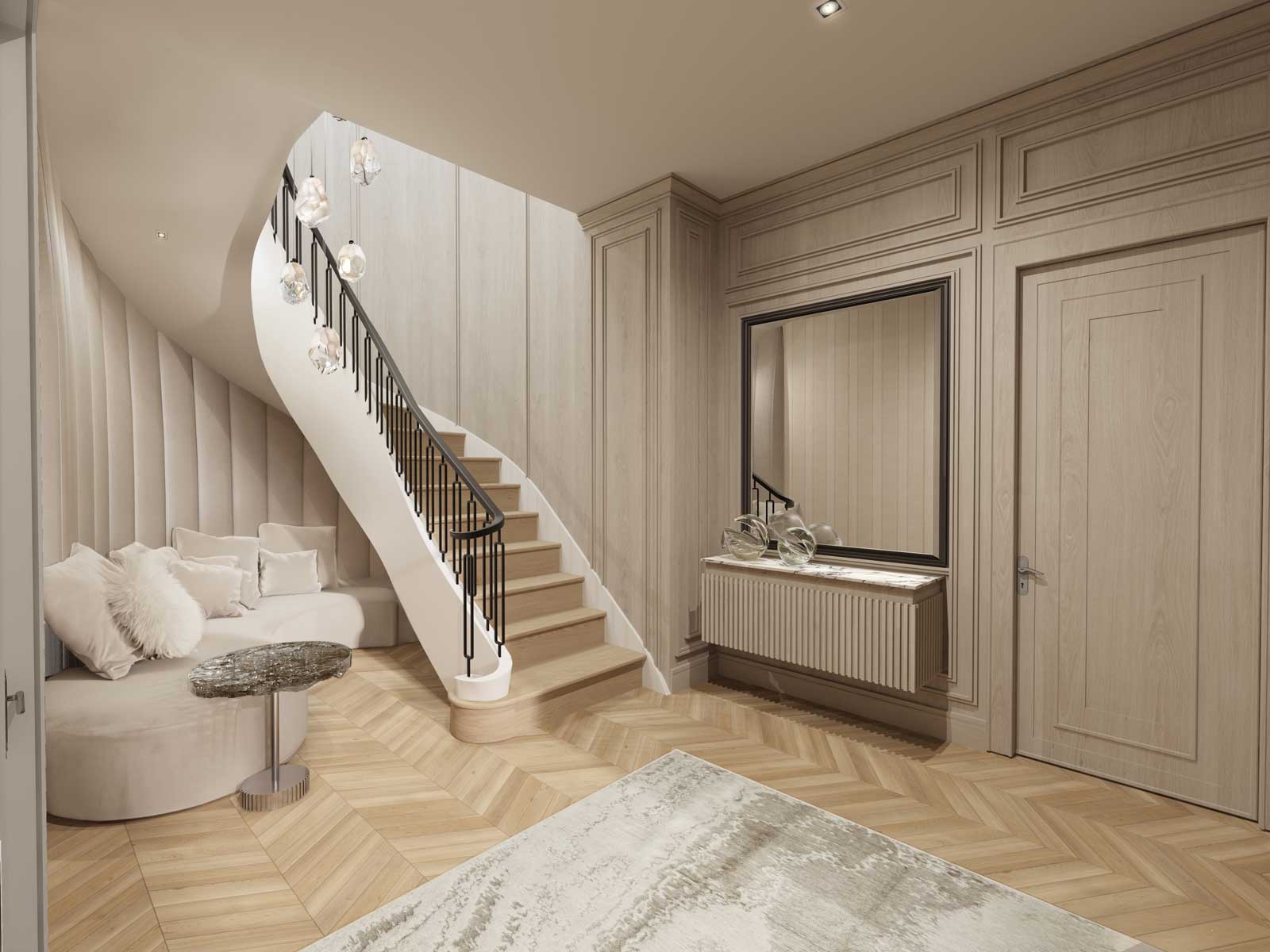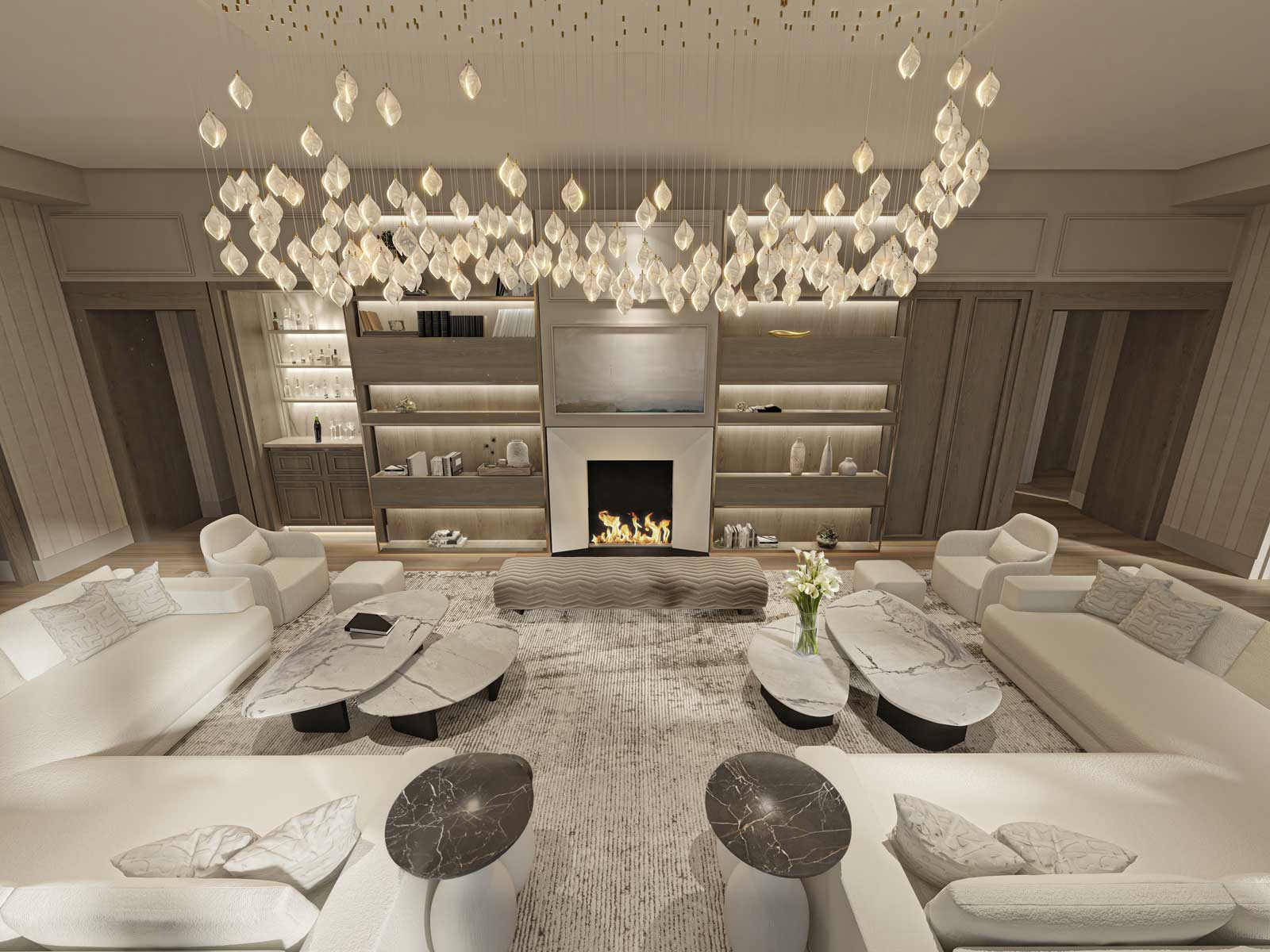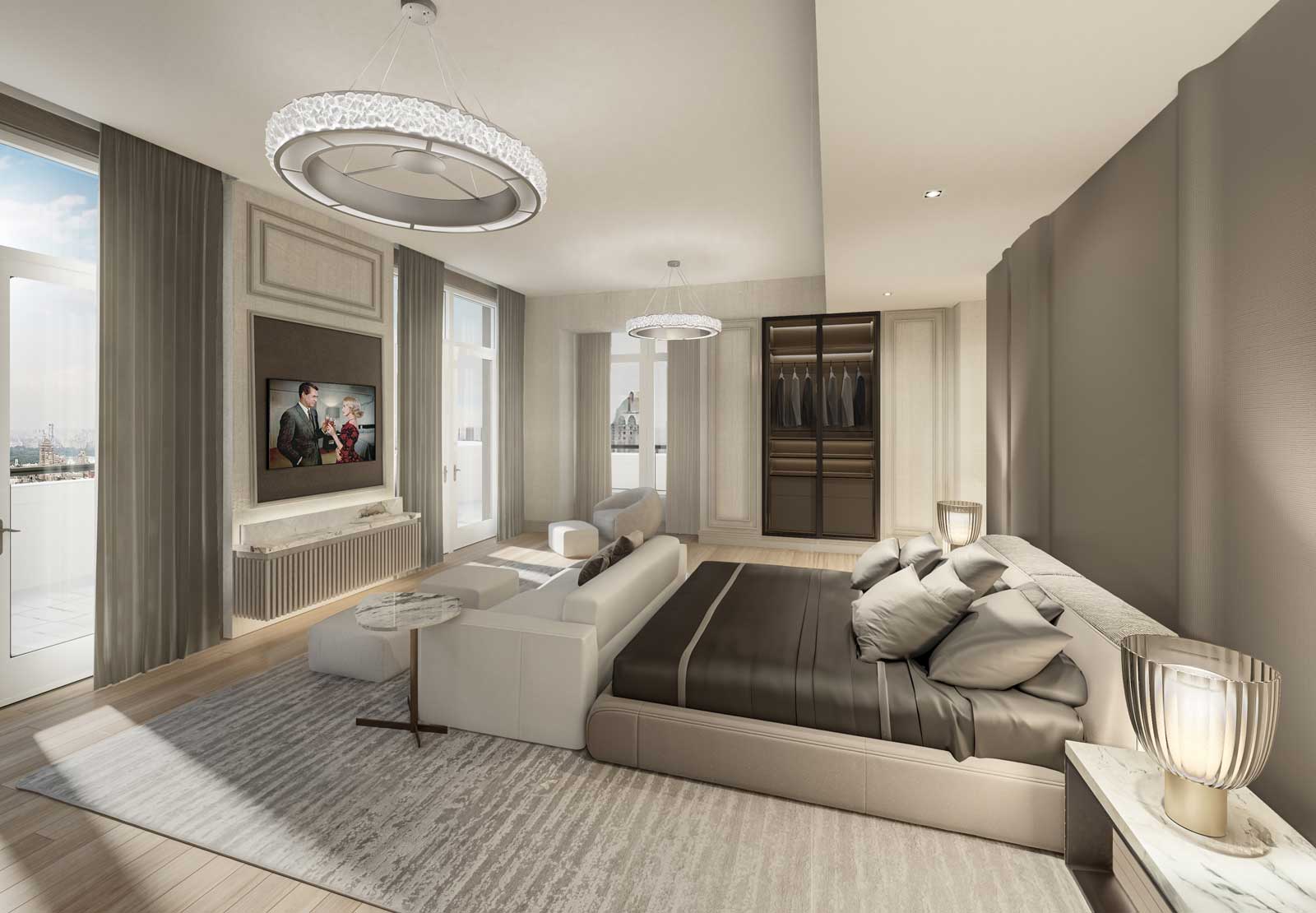Modern or contemporary design…is there a difference? This question has been haunting homeowners for years! Today I’m going to set the record straight and help you decide between contemporary or modern style designs for your home décor.
Contemporary design is all about now.
Contemporary interior design is all about the here and now. It flaunts what’s happening in today’s world of interior design. It is constantly evolving – it plays around with conventions, embraces new ideas, and takes on different forms as each season comes and goes.
While contemporary design stays in the moment, modern design lives in the past.
Modern design showcases a specific era in time.
Modern interior design actually refers to the styles of the early to mid–20th century – specifically the 1920s through the 1950s. For this reason, modern design never changes. It is meant to capture and celebrate the style and mood of a specific era. It is the very definition of timeless!
While these time periods can be anything from art deco to Bauhaus, mid-century modern style is considered the crown jewel of modern interior design.
Mid-Century Modern
Mid-century modern is one of the most prestigious and sophisticated styles in interior design. This aesthetic is famous for its ease, open concepts, clean lines and minimal decoration. Mid-century modern decorating is all about the beauty of simplicity. This uncluttered atmosphere gives more importance to the modern style architecture, and makes its mid-century furniture the focal point of the space.
Other essential design elements that define a mid-century modern space are:
- Open concept floor plans – We have seen a major resurgence of open concept spaces in recent years, and it’s all thanks to mid-century modern! This style is the godfather of open concept living. Having fewer walls creates a smoother flow from room to room, gives you more opportunity to play around with furniture placement, and makes your home feel significantly larger. Mid-century homes also tend to have bare floors, which blend beautifully into the idea of open, airy living.
- Strong angles and lines – This style prides itself on its sleek lines, geometric shapes and distinct angles in everything from mid-century modern architectural details to furniture to works of art. Asymmetry is also an important feature of mid-century design.
- Fewer furniture pieces – Empty spaces can be just as powerful as full ones. Featuring fewer furniture pieces emphasizes the mid-century idea of easy living. When it comes to this style, less is more!
- White walls – Mid-century homes utilize white walls to keep things fresh and make its furnishings and architectural details pop! White walls also transcend seasons and trends, so your home will always look cool and feel current. Again, it’s all about simple sophistication.
- Natural materials – Modern design always has a touch of natural elements to make the space warmer and more welcoming. This would include wood, leather, wool, linen and polished metals. This was also a time period that embraced industry and manufacturing, so pieces made of molded plastic and plywood were popular choices in mid-century homes.
- Lots of windows – One of the most important philosophies behind mid-century modern design is forming a connection with nature. Designing a home with large windows (and plenty of them) was a thoughtful way to marry outdoor and indoor living spaces – not to mention providing an abundance of natural light!
Ultimately, it all comes down to this – modern interior design is all about seizing a moment in time, while contemporary design observes the present moment. Whichever style speaks to you, both are guaranteed to leave a lasting impression.





